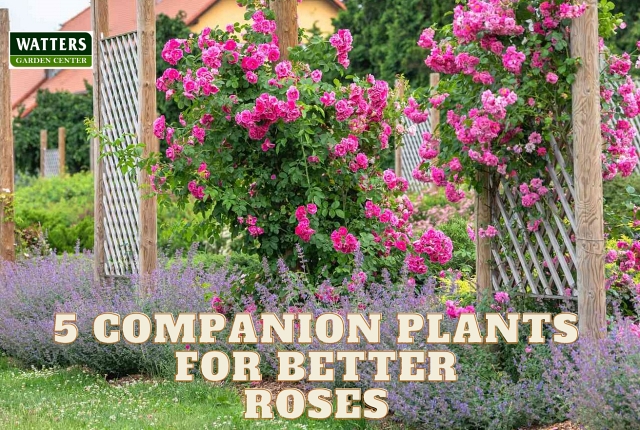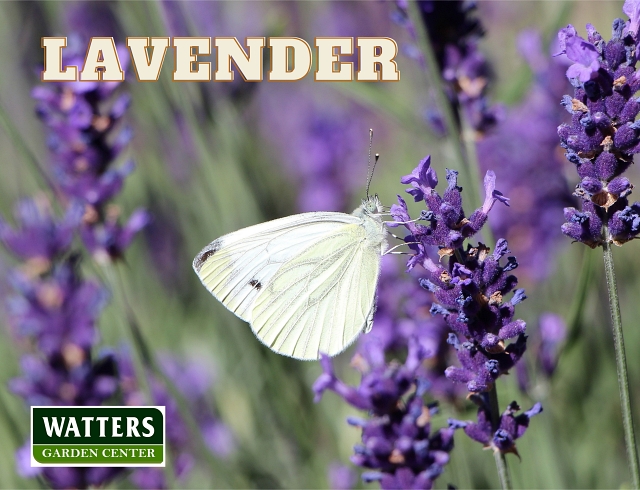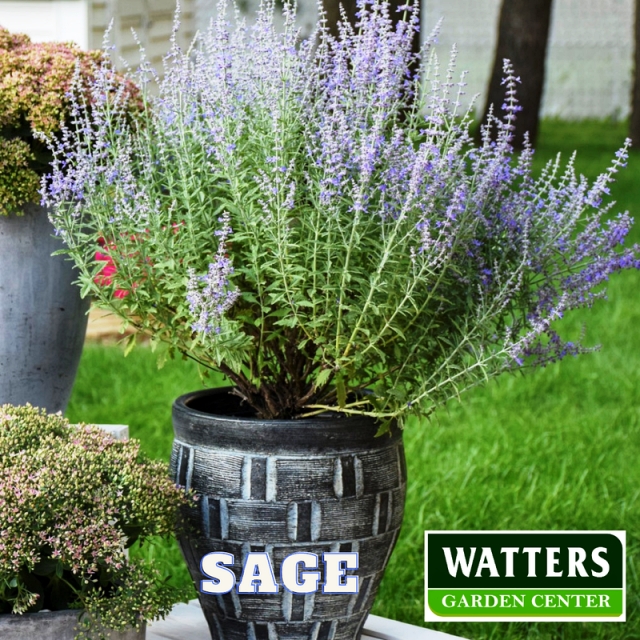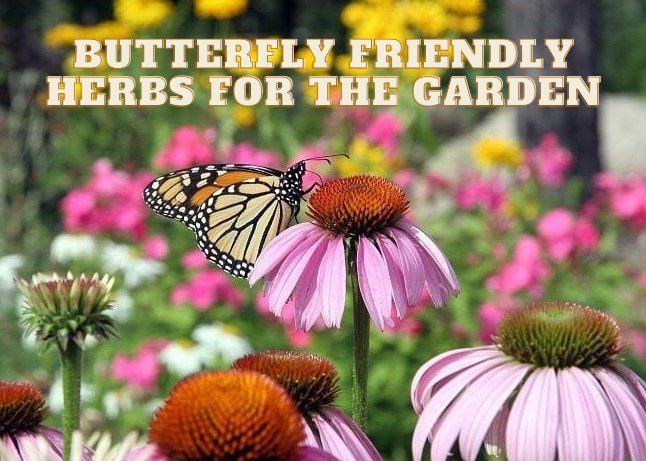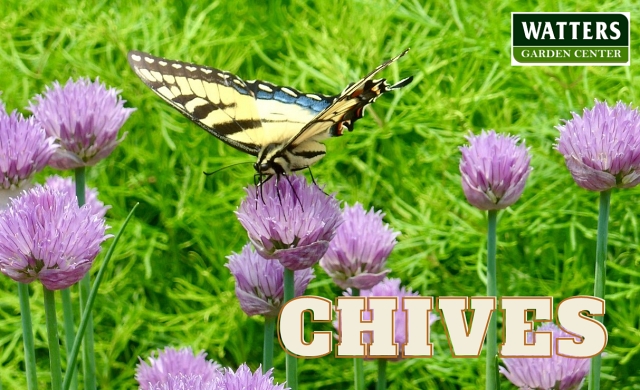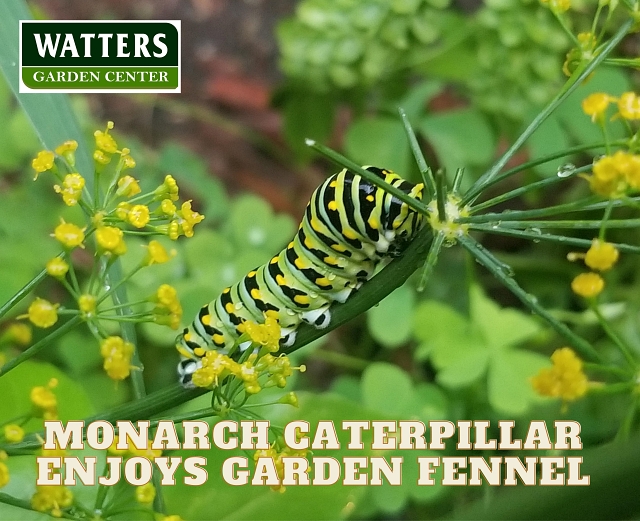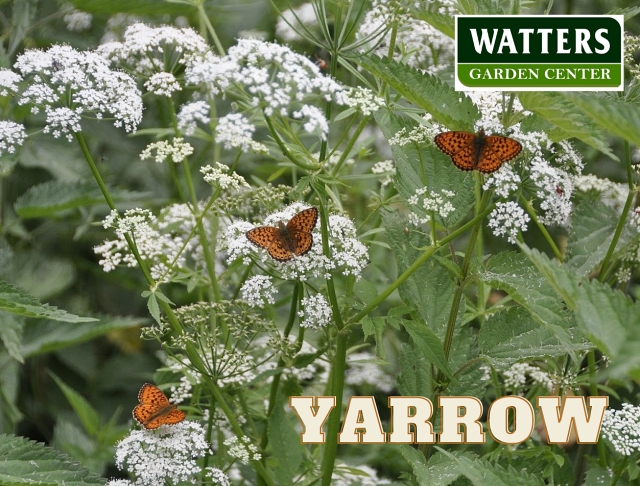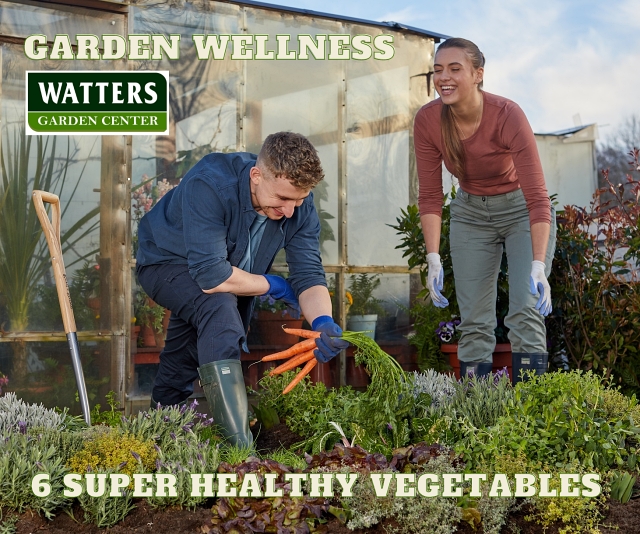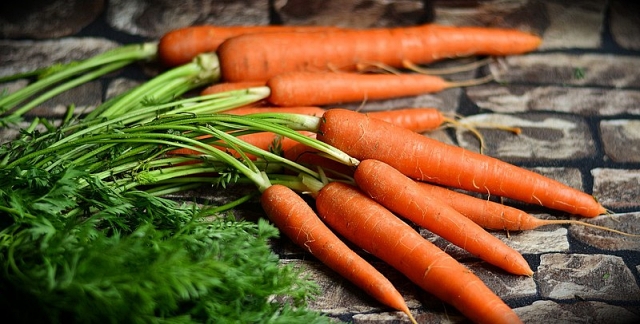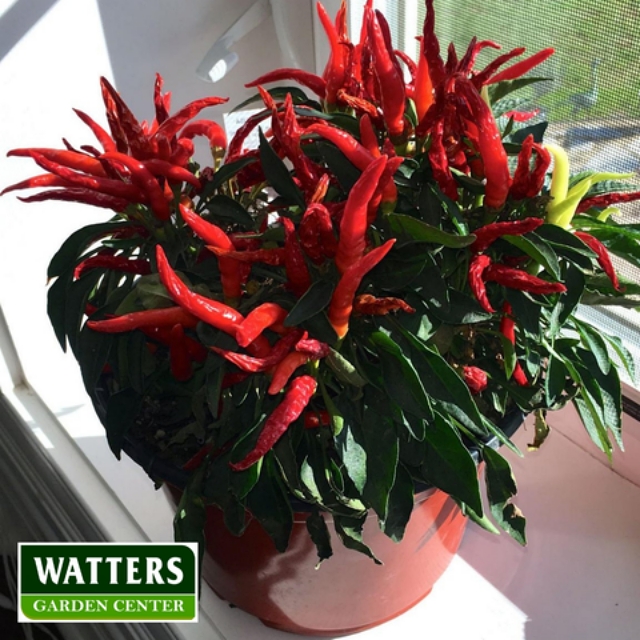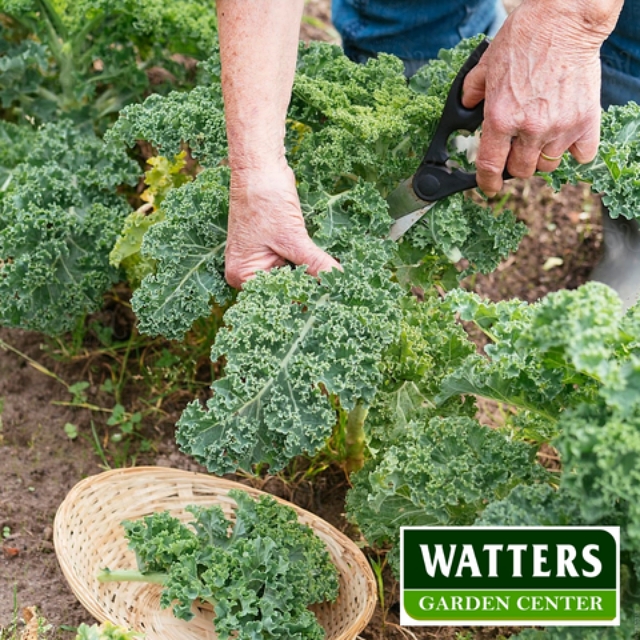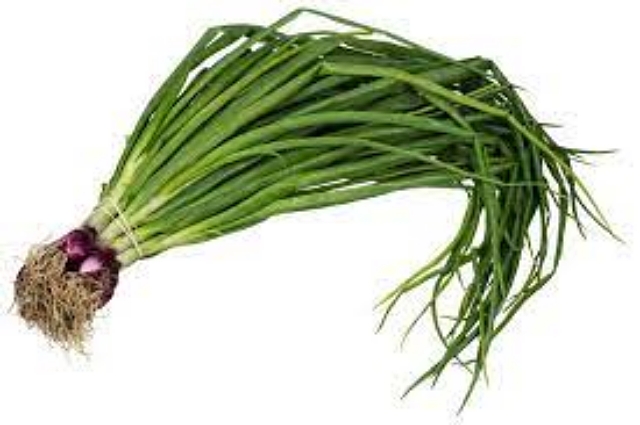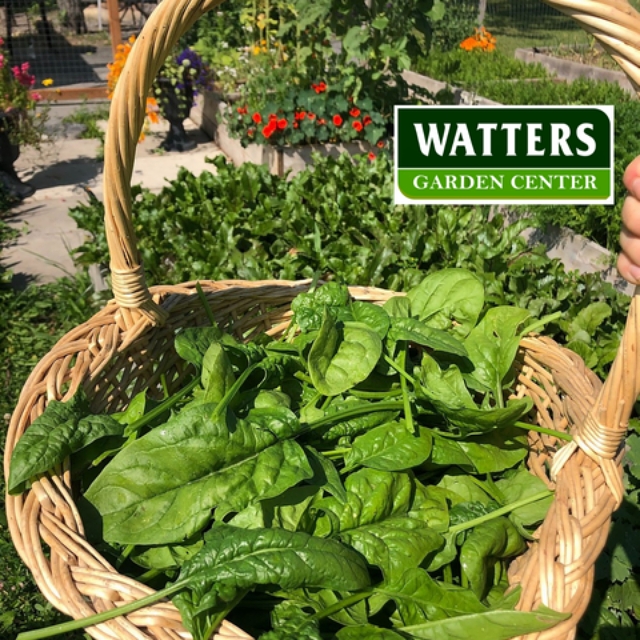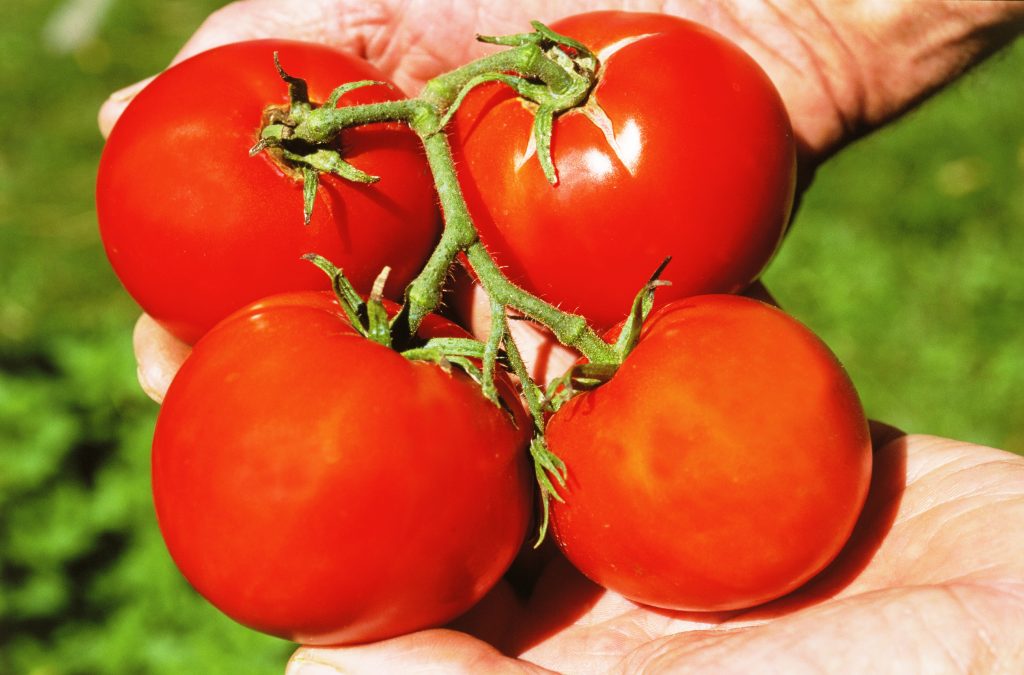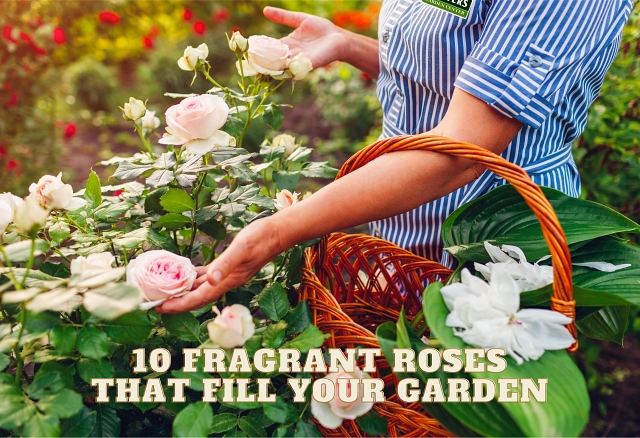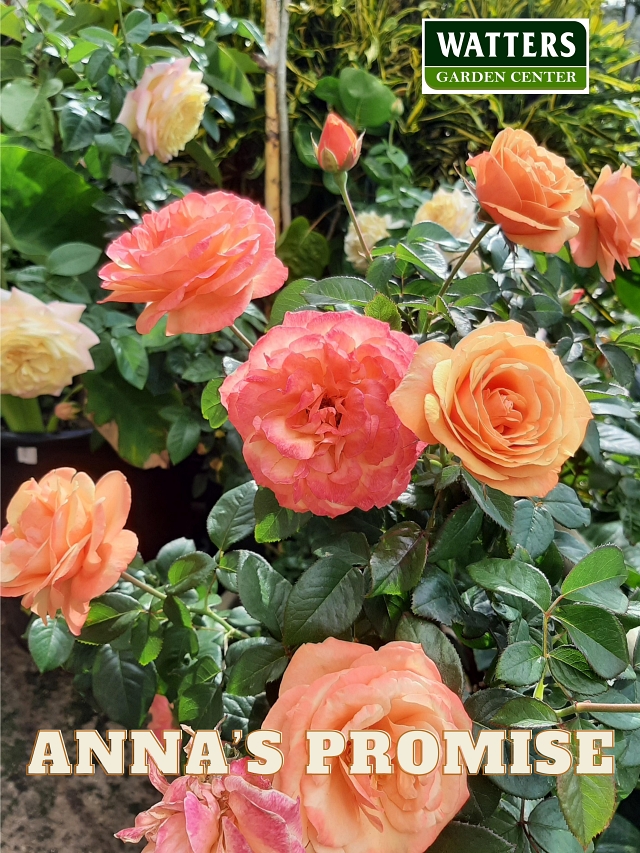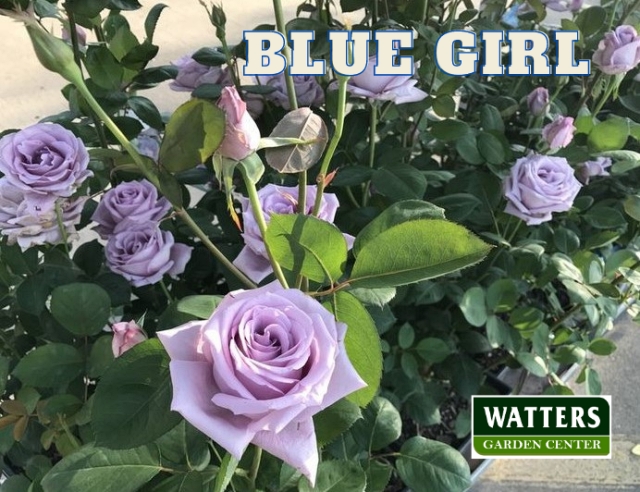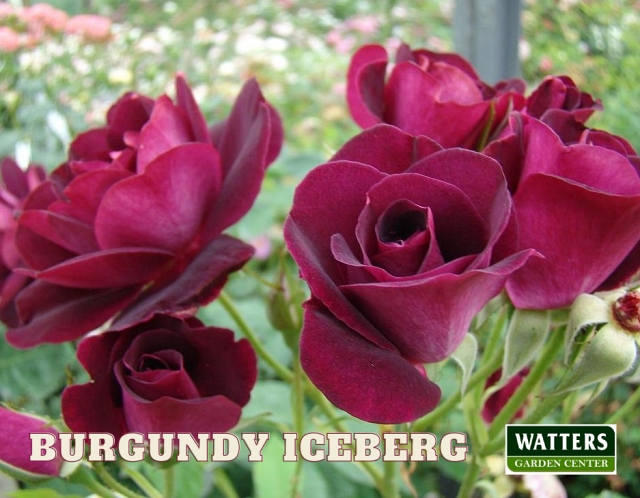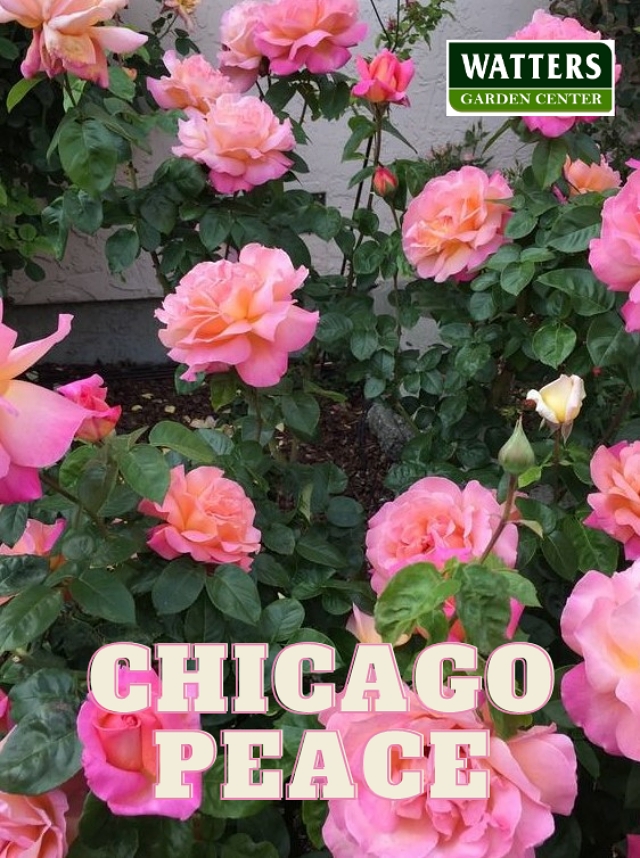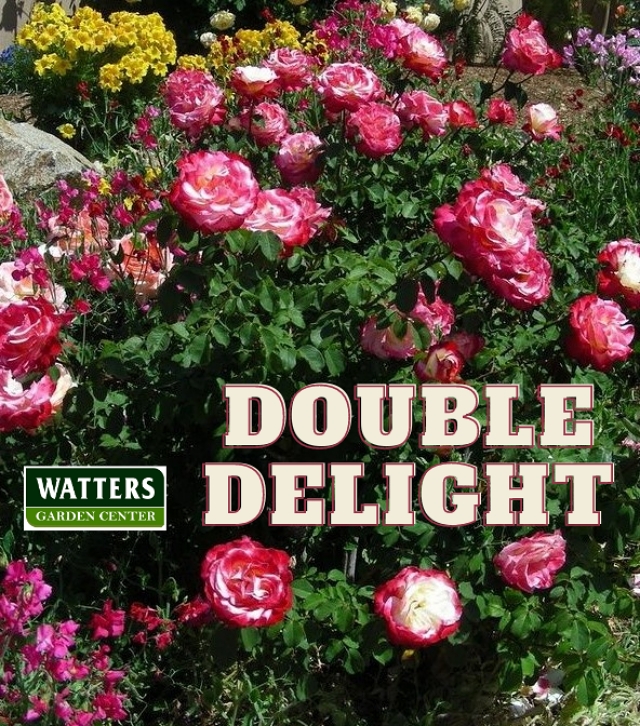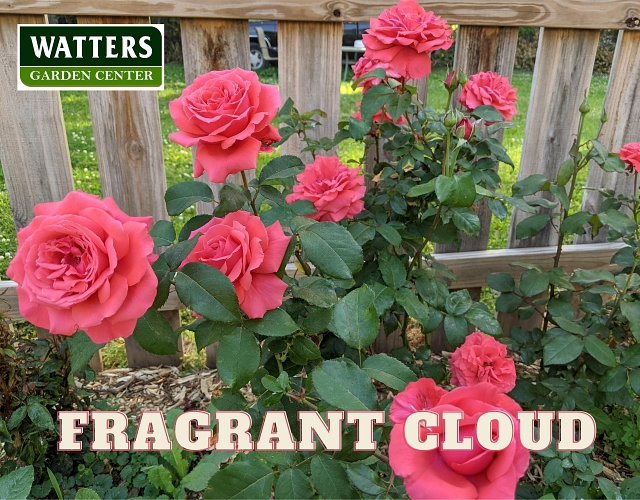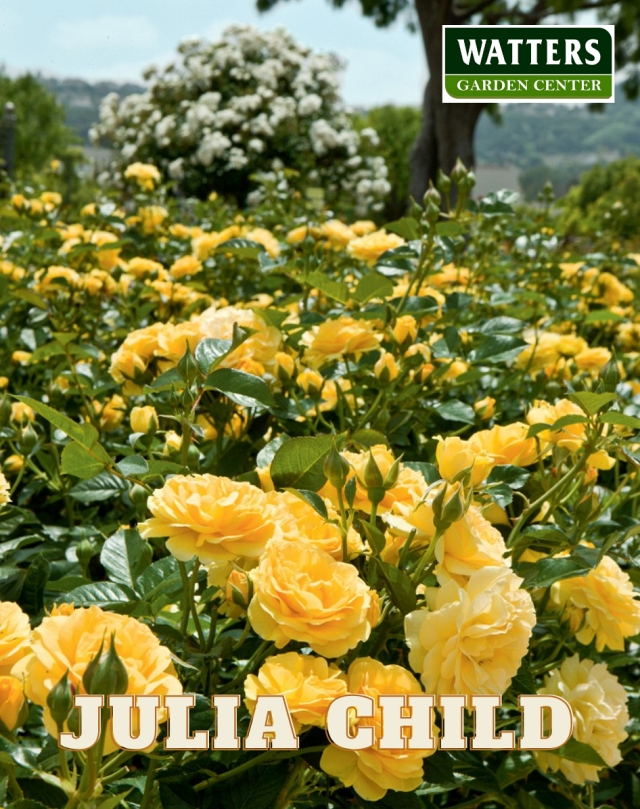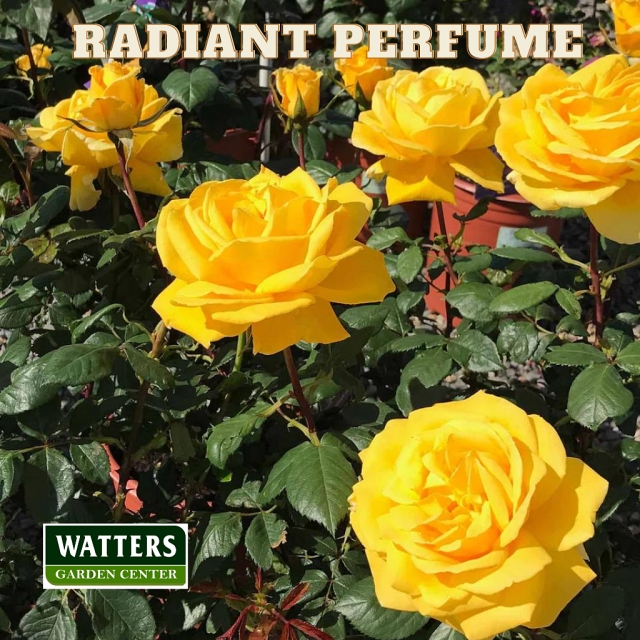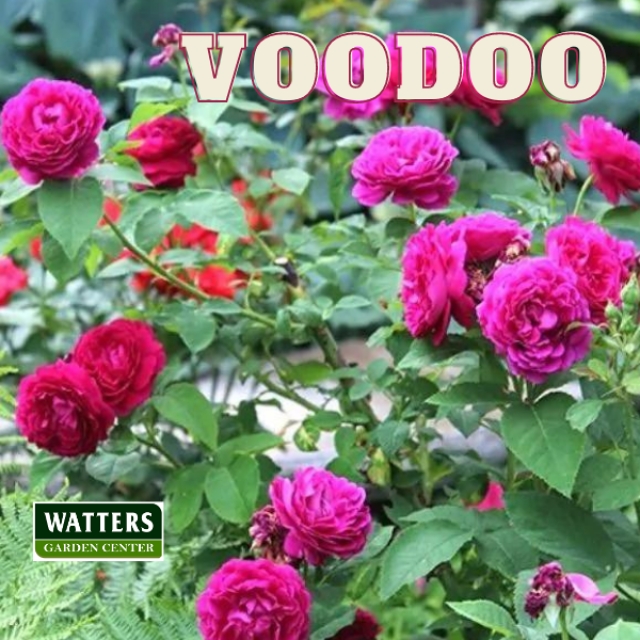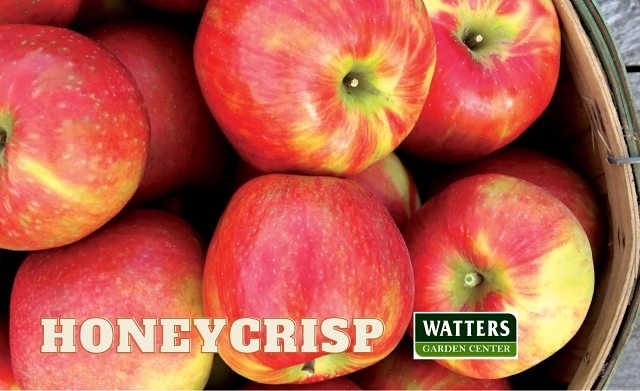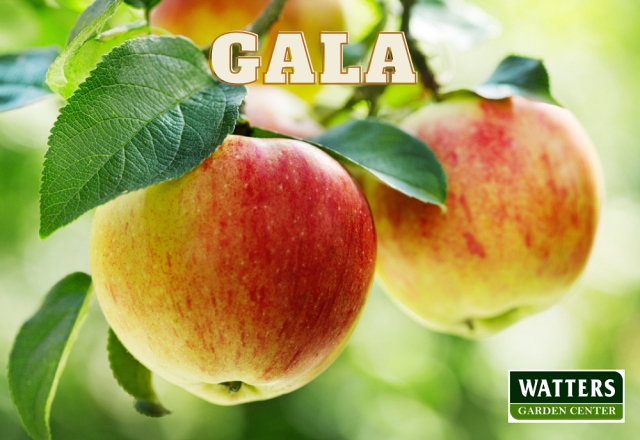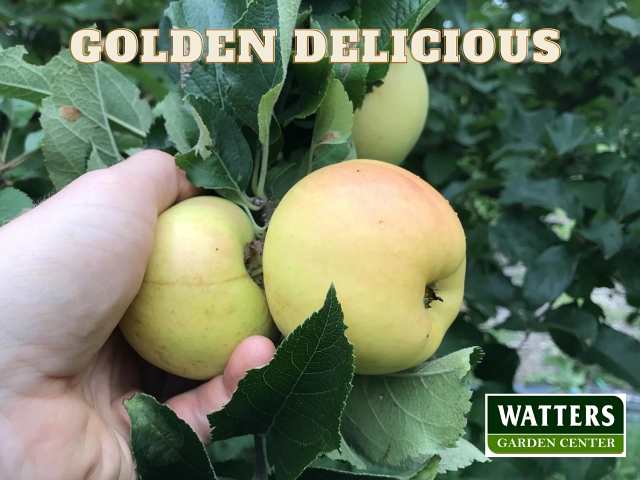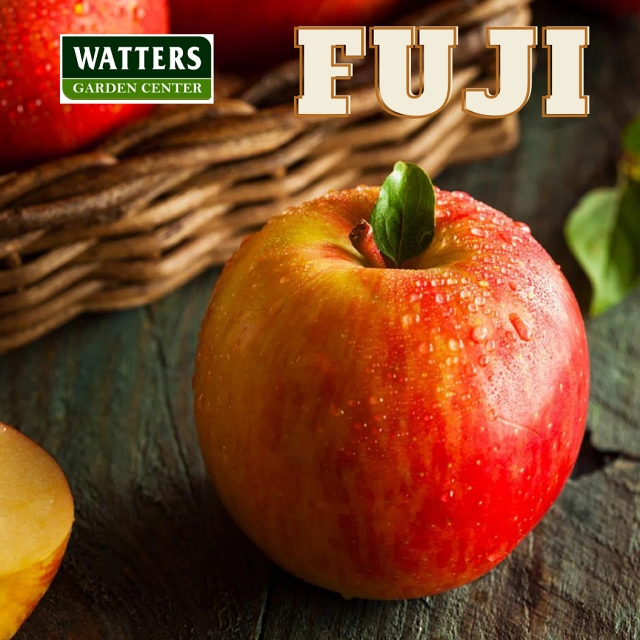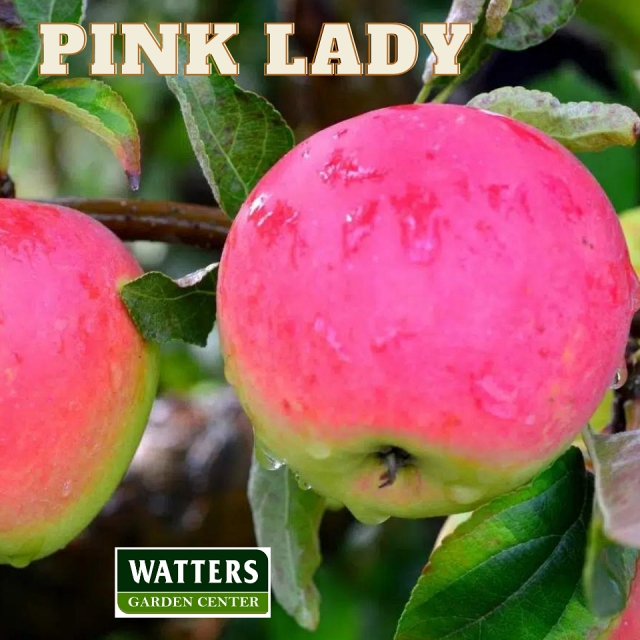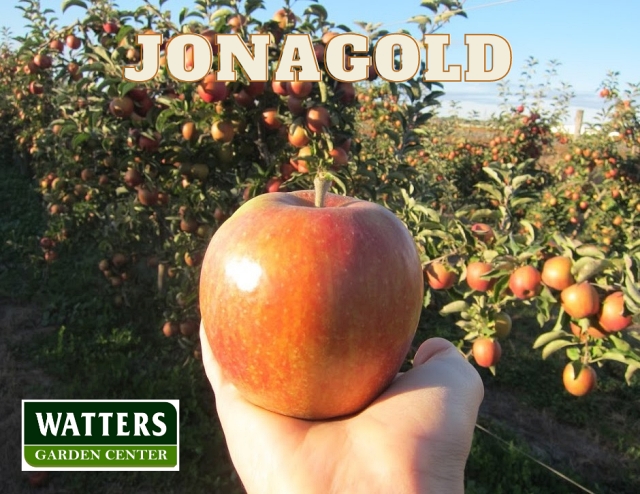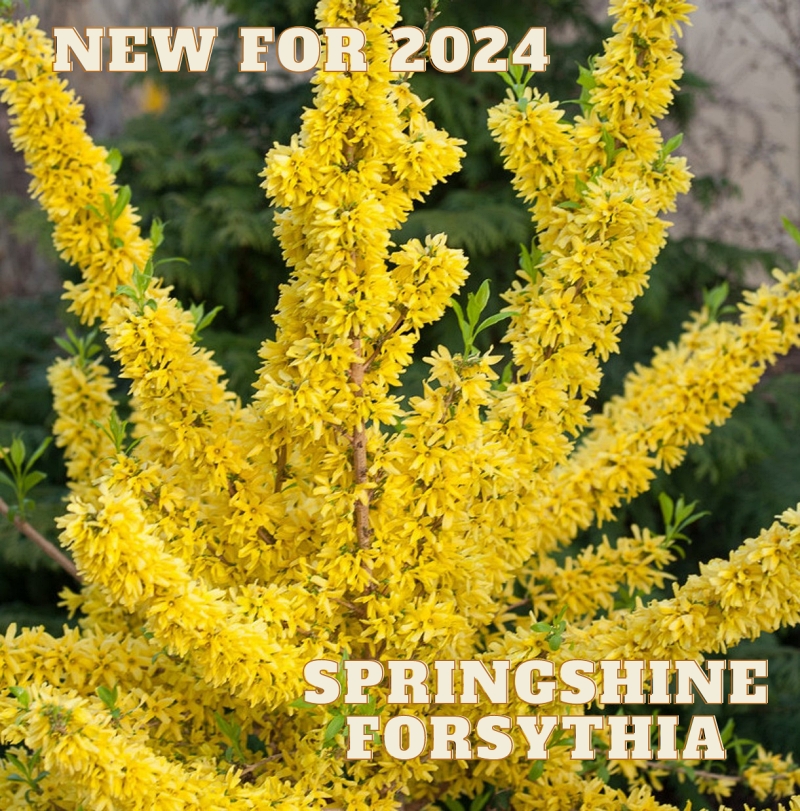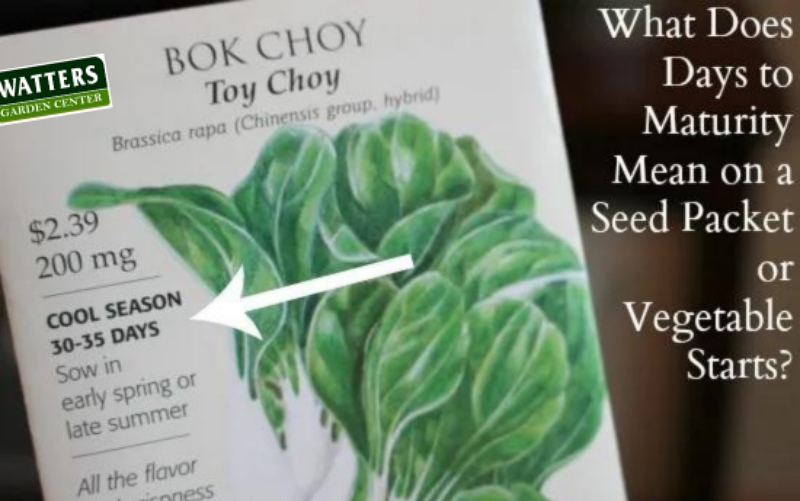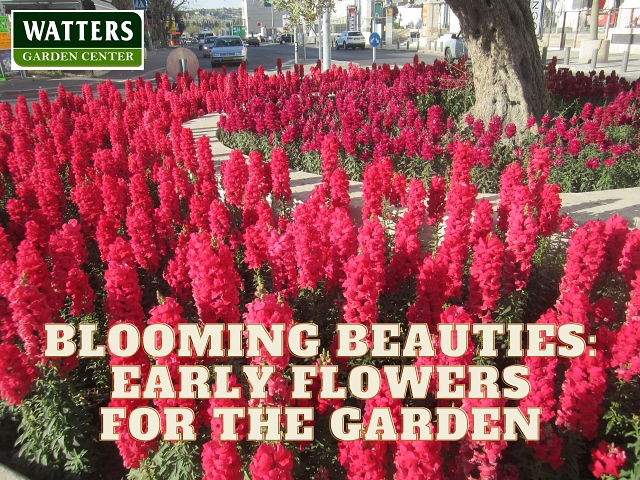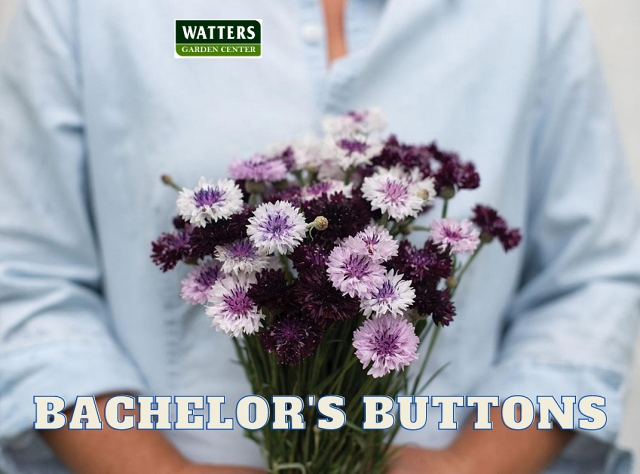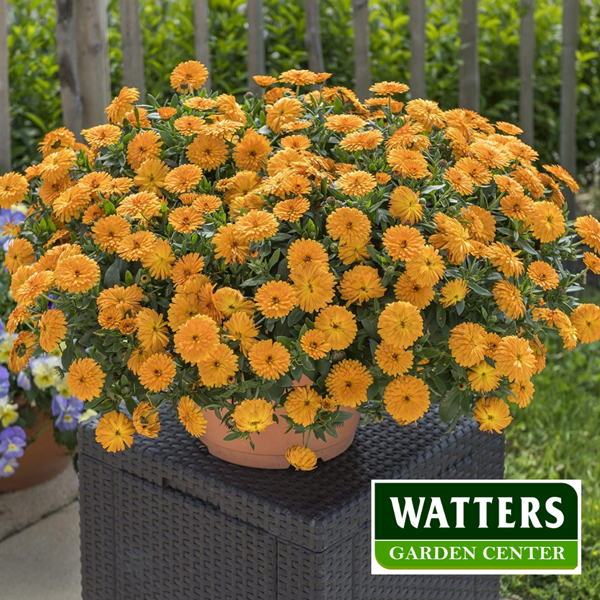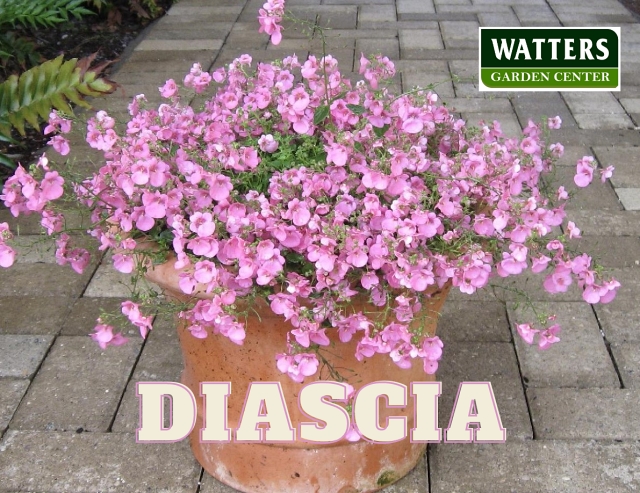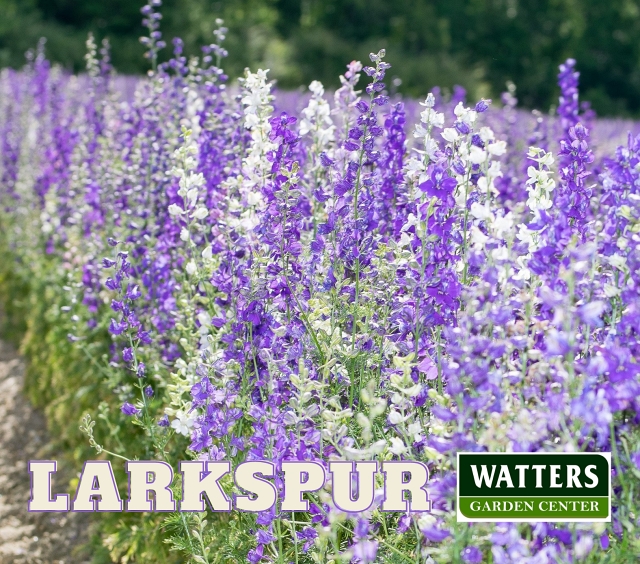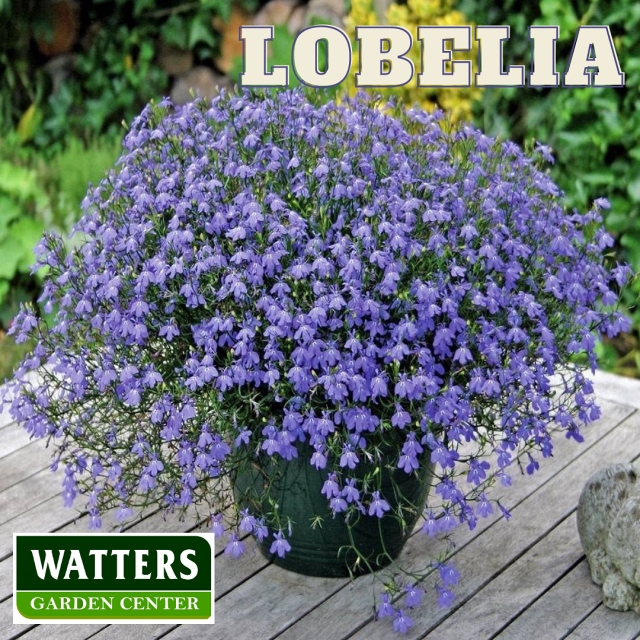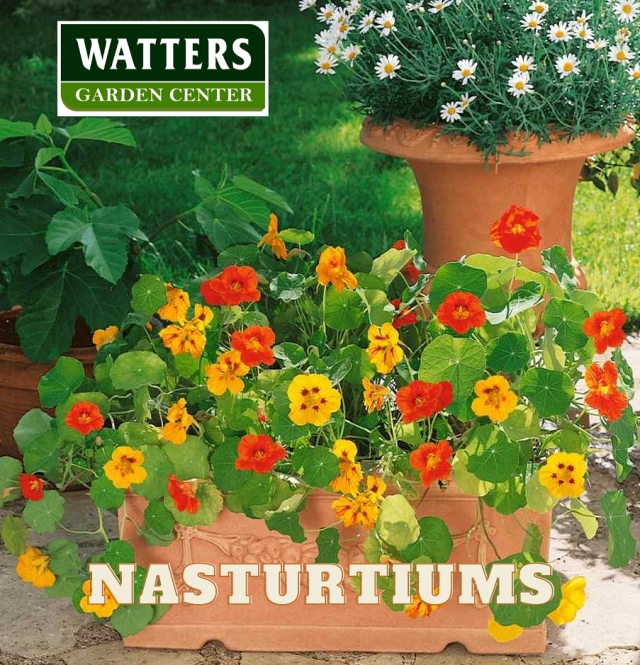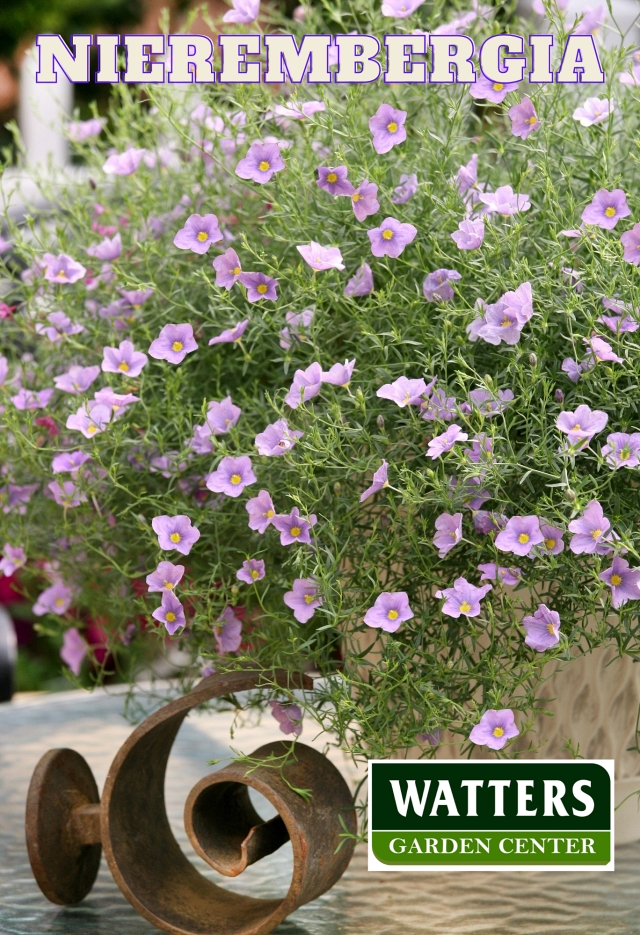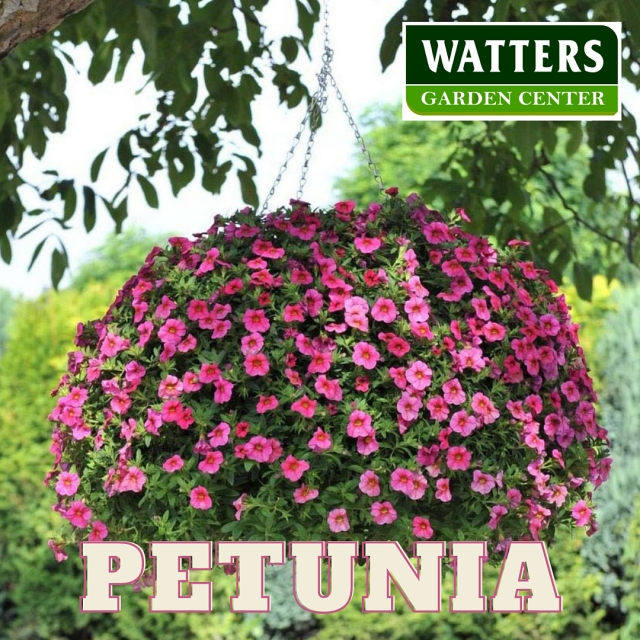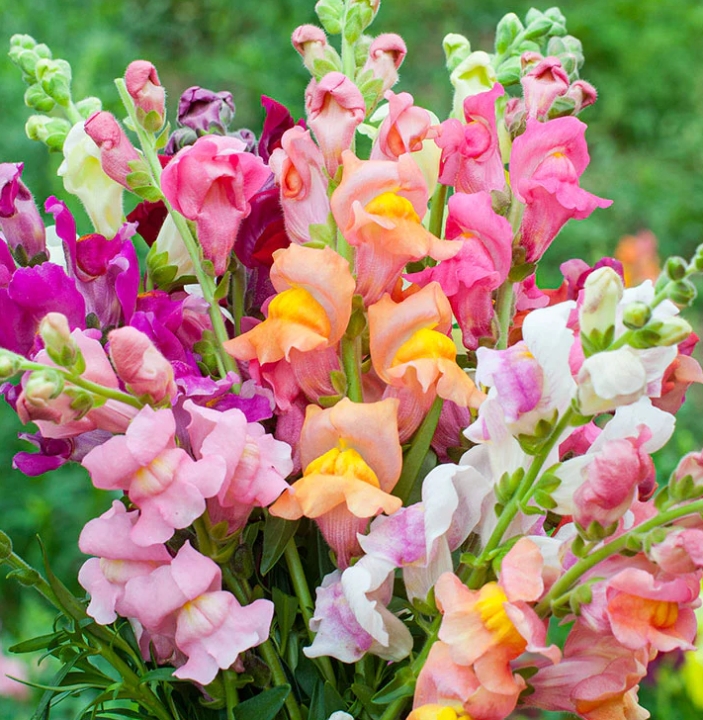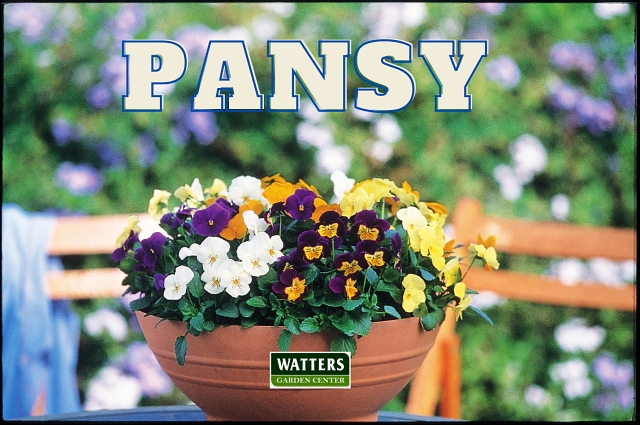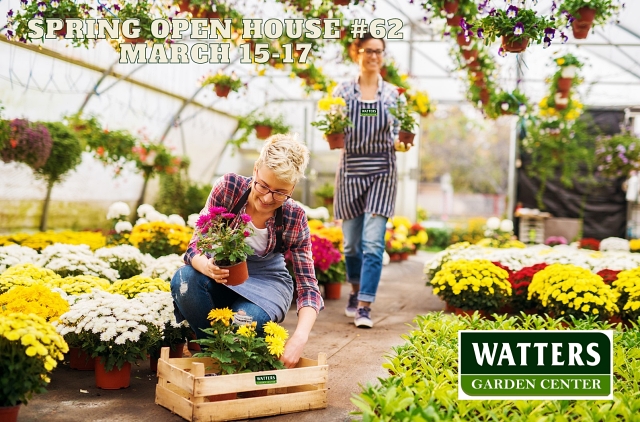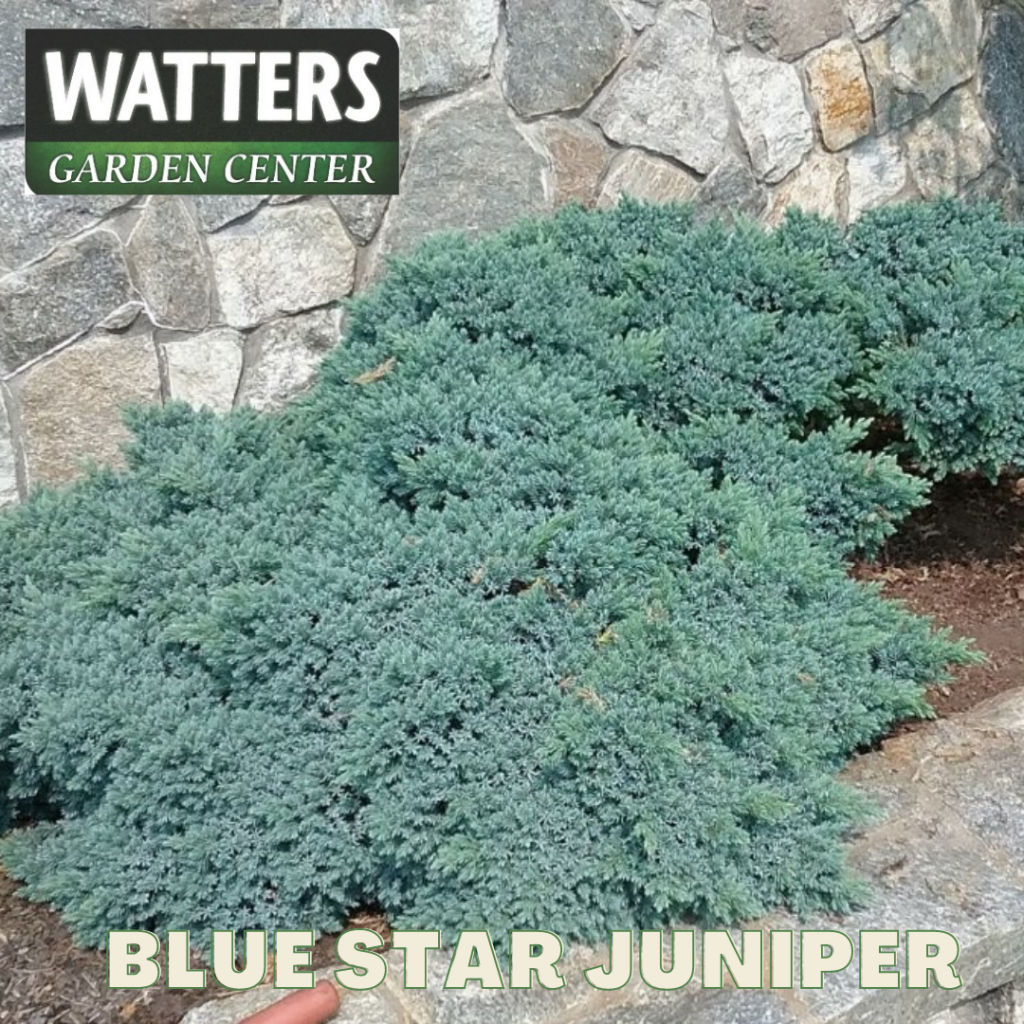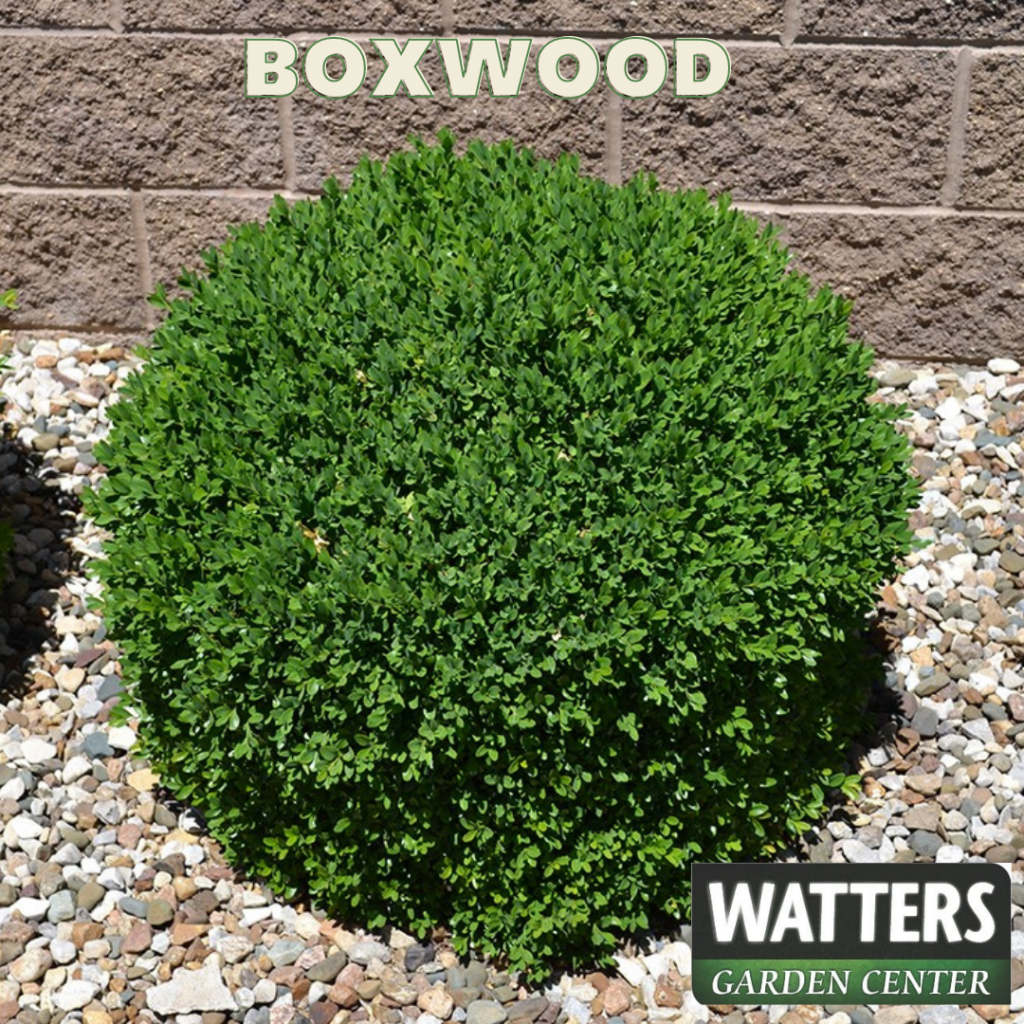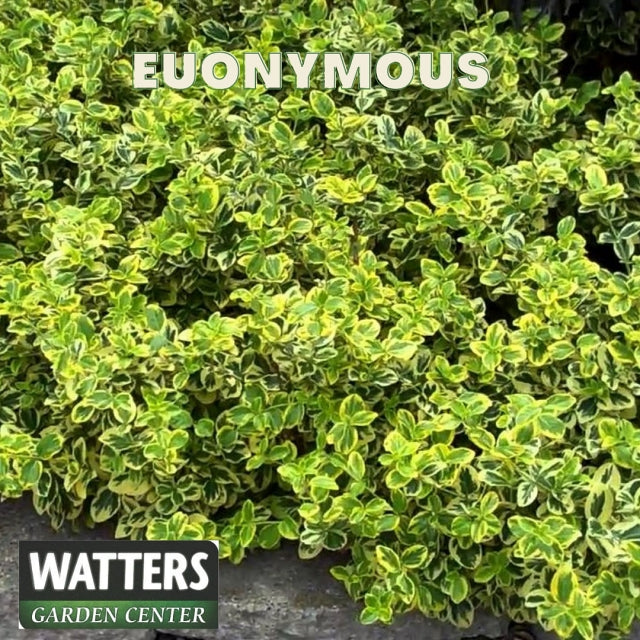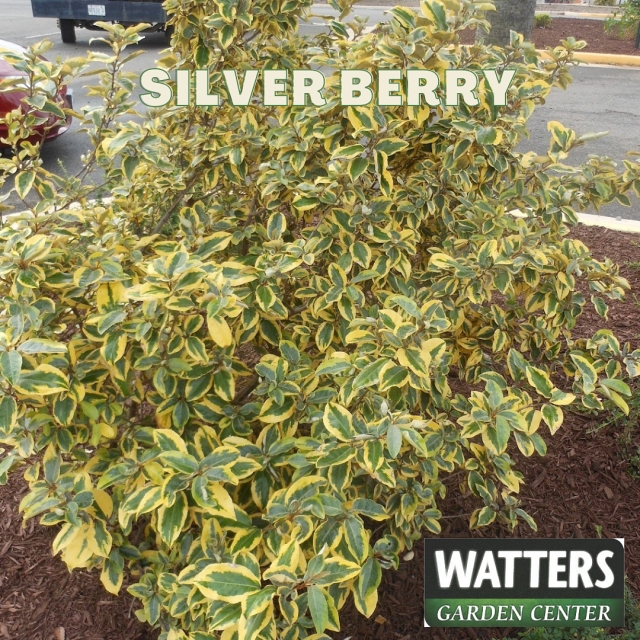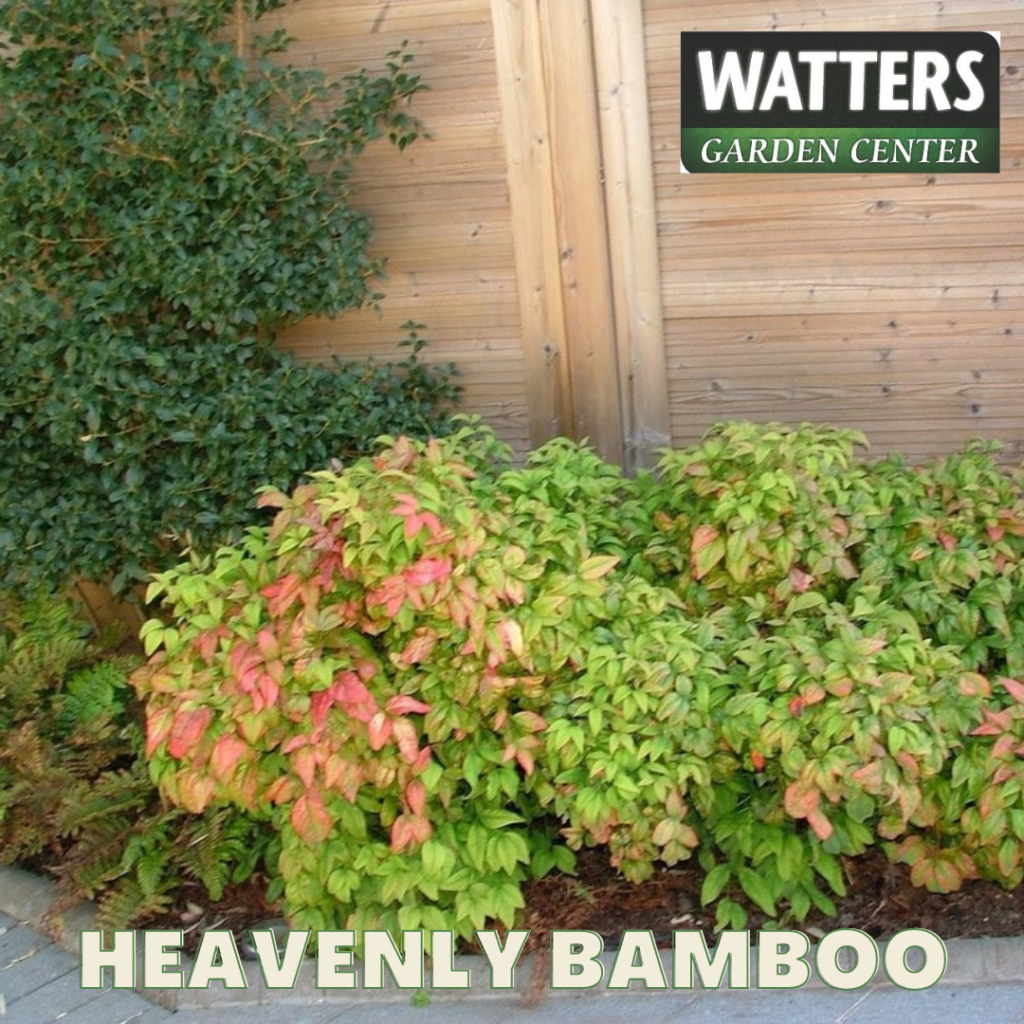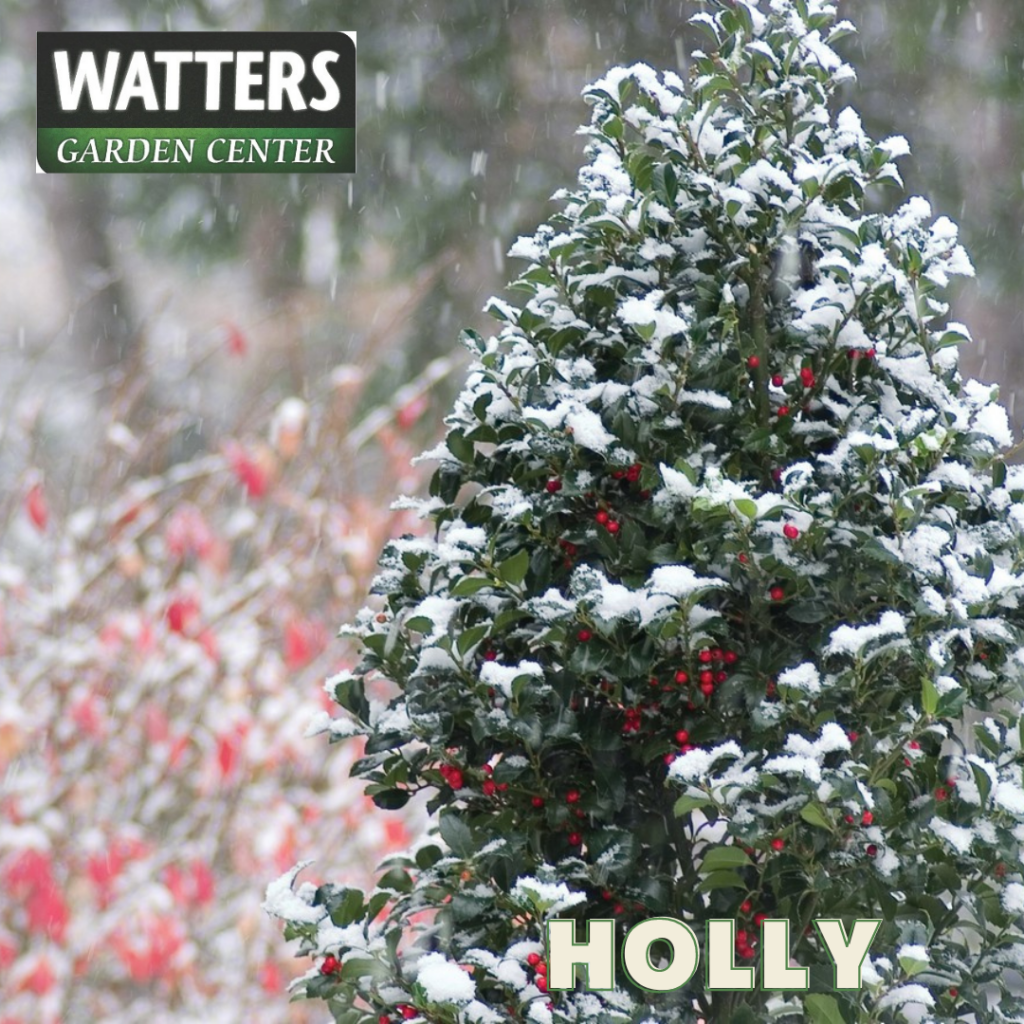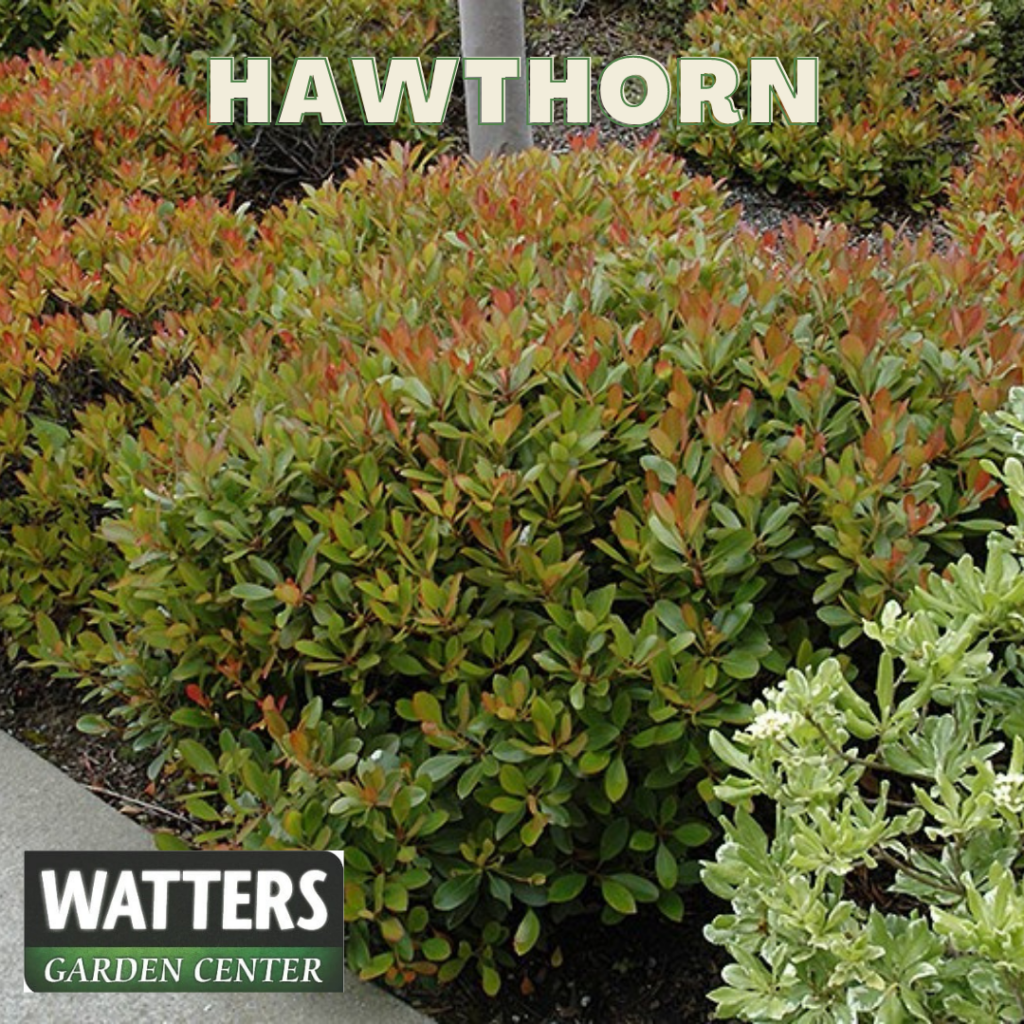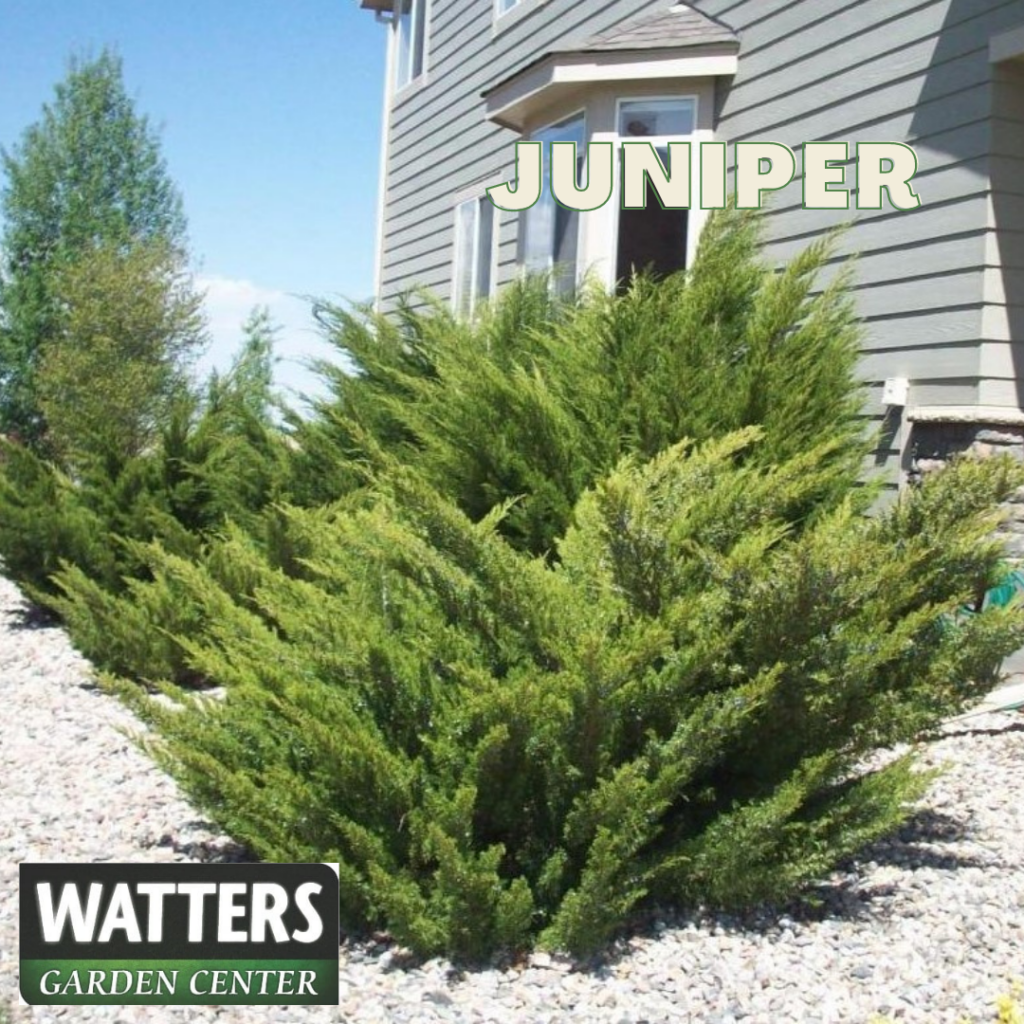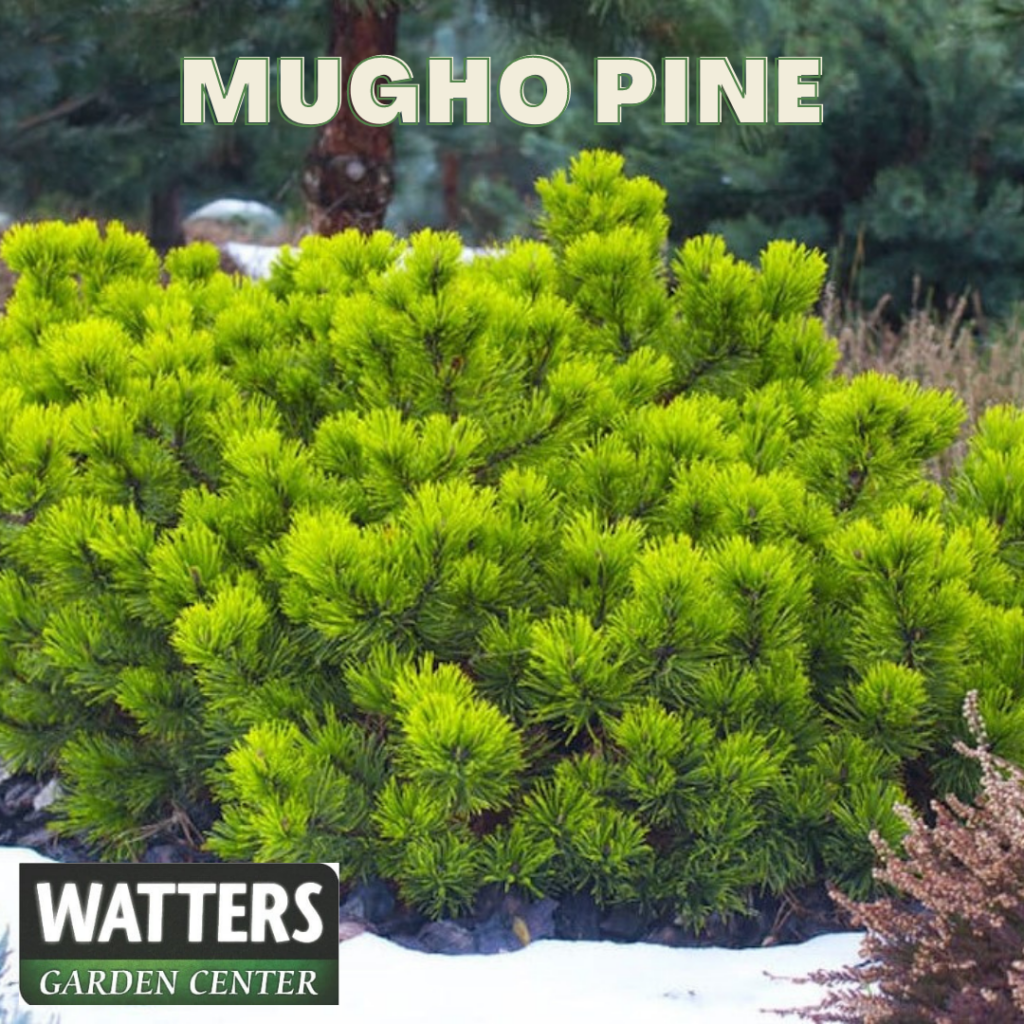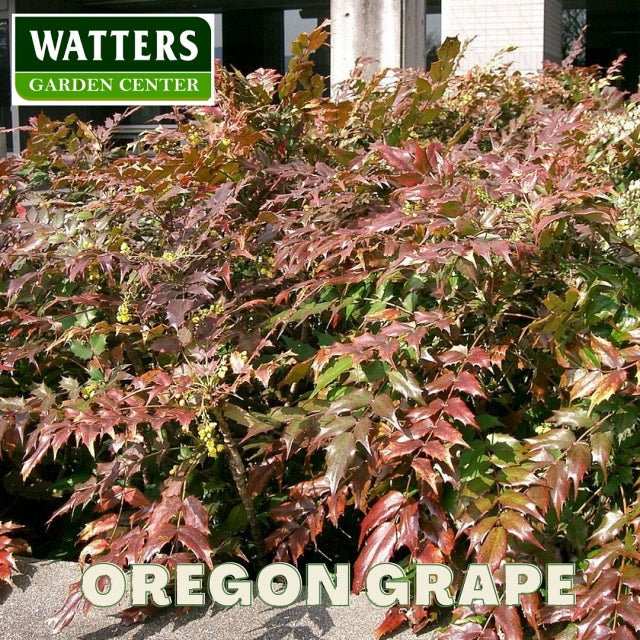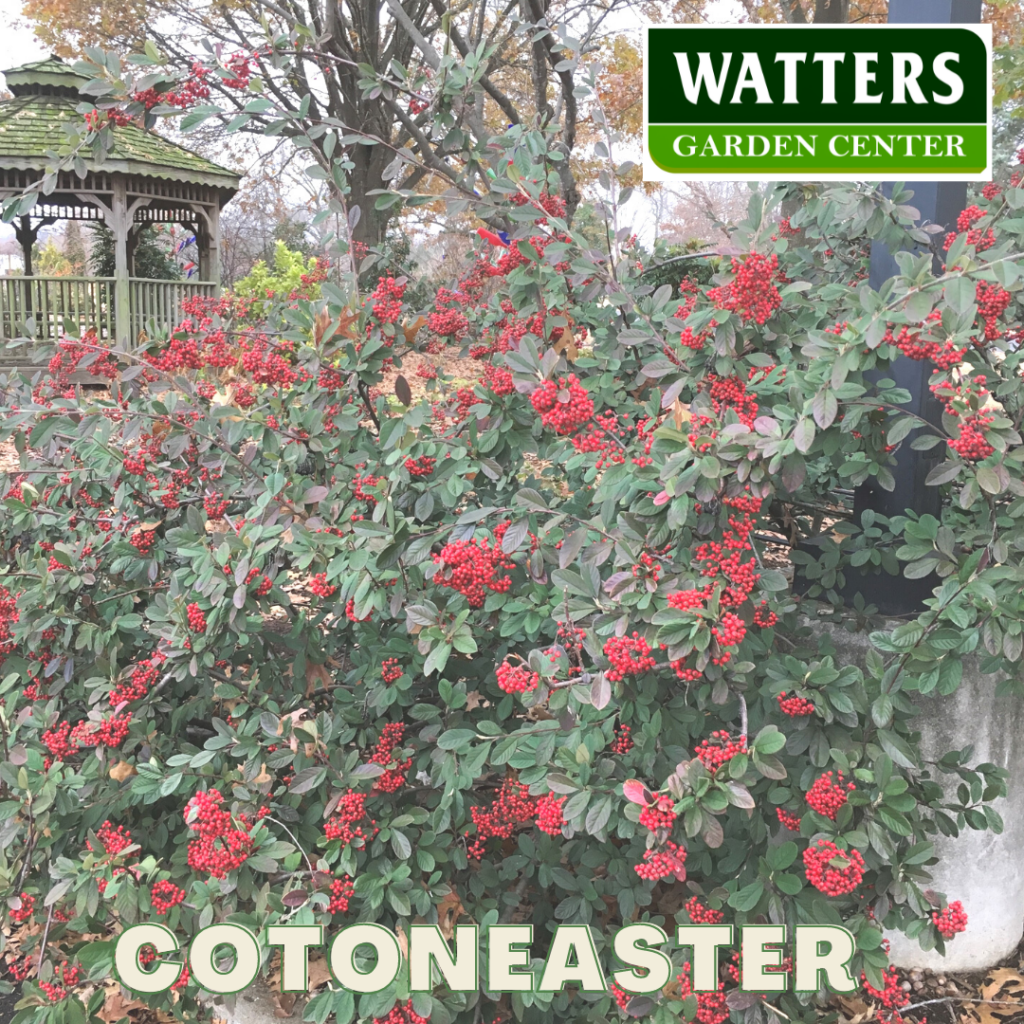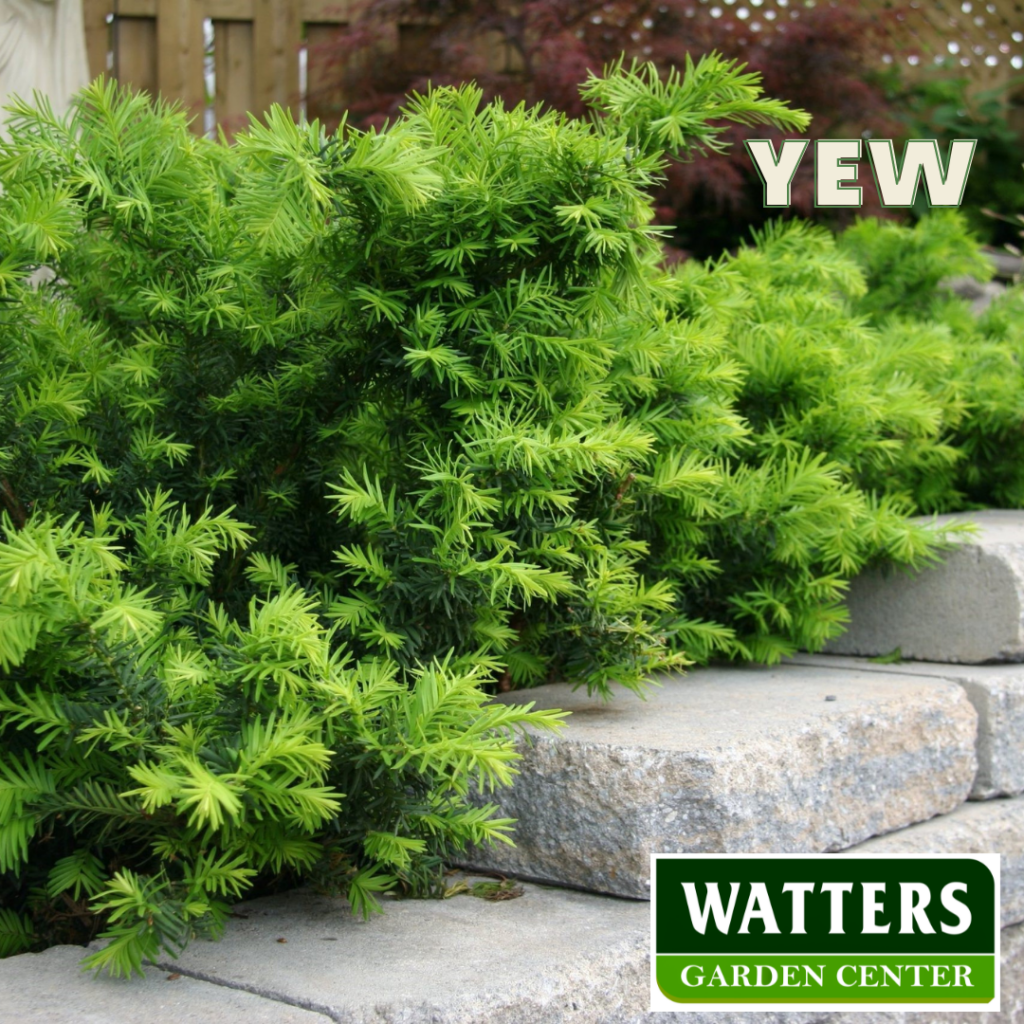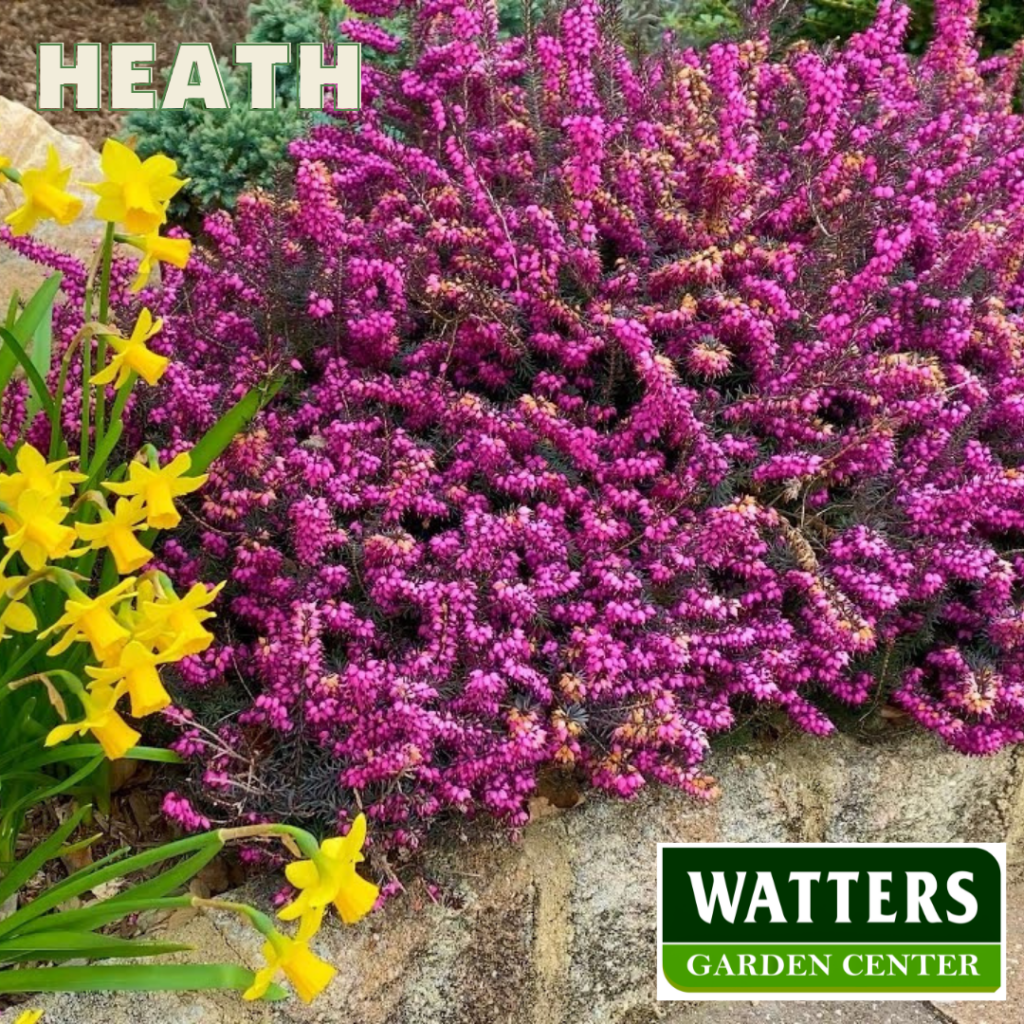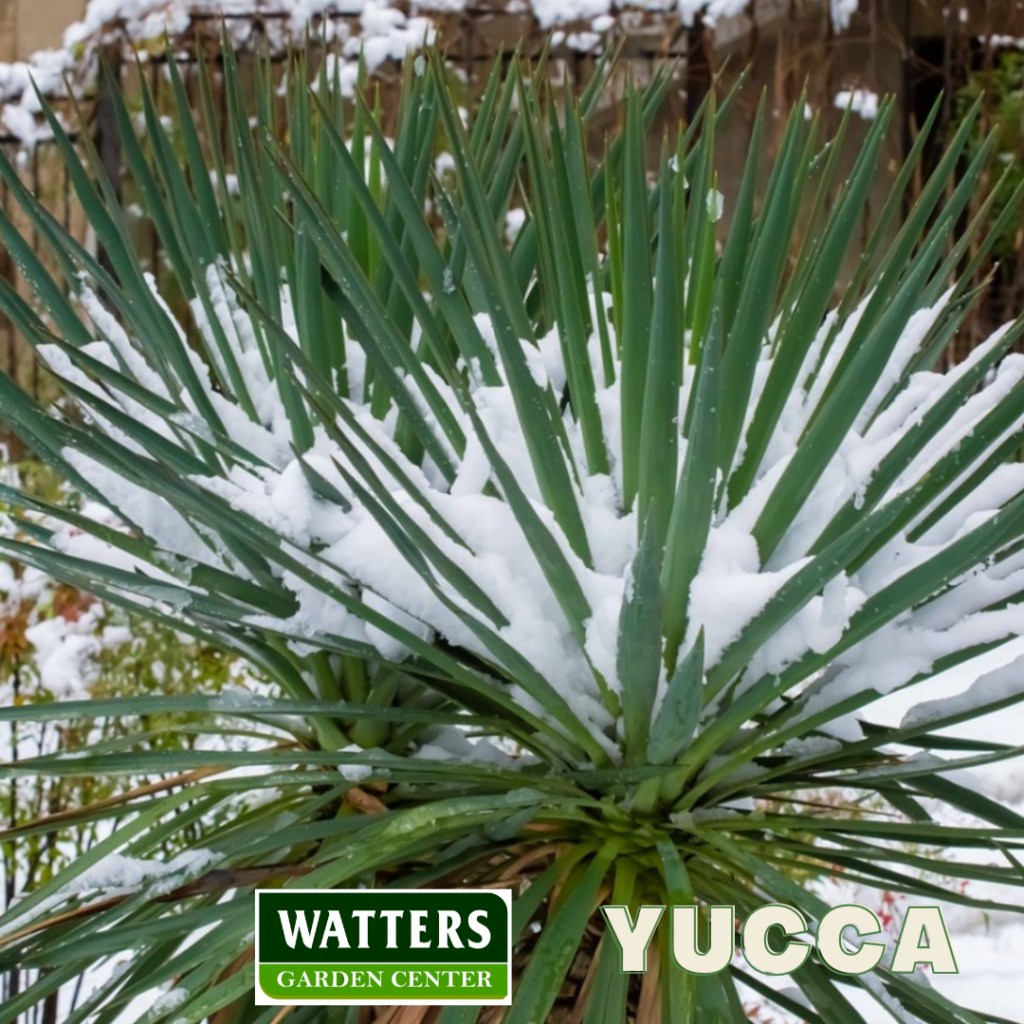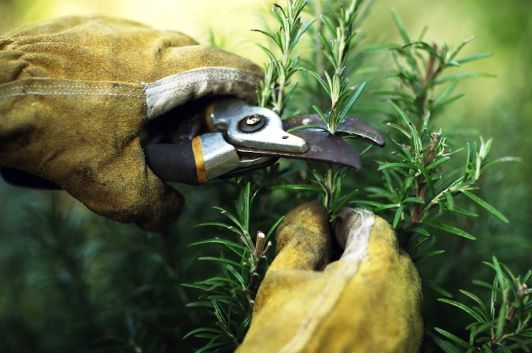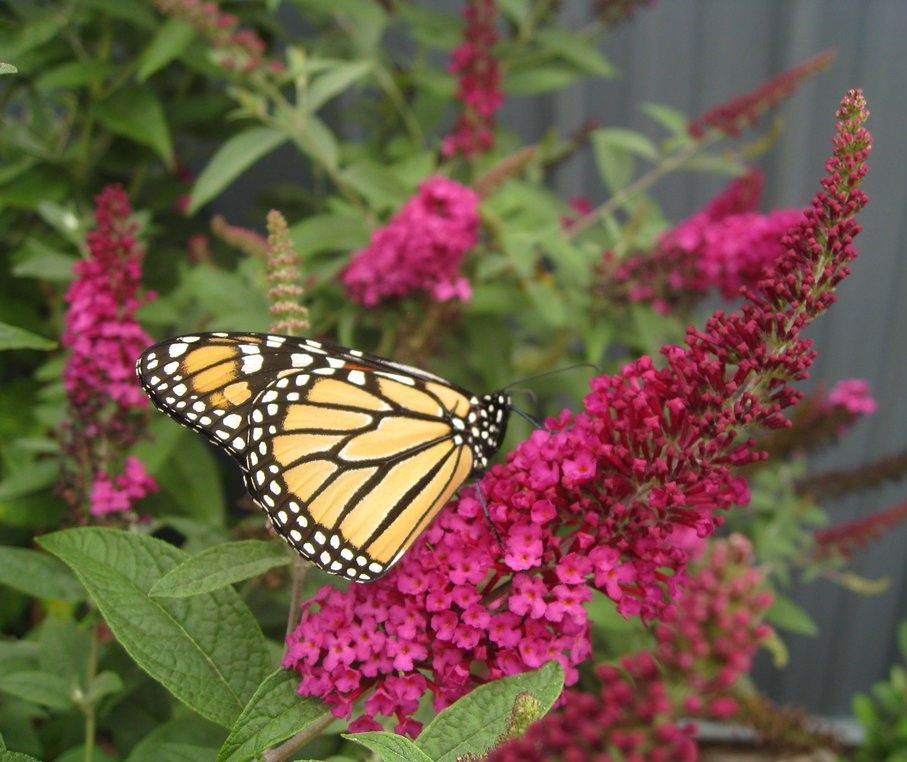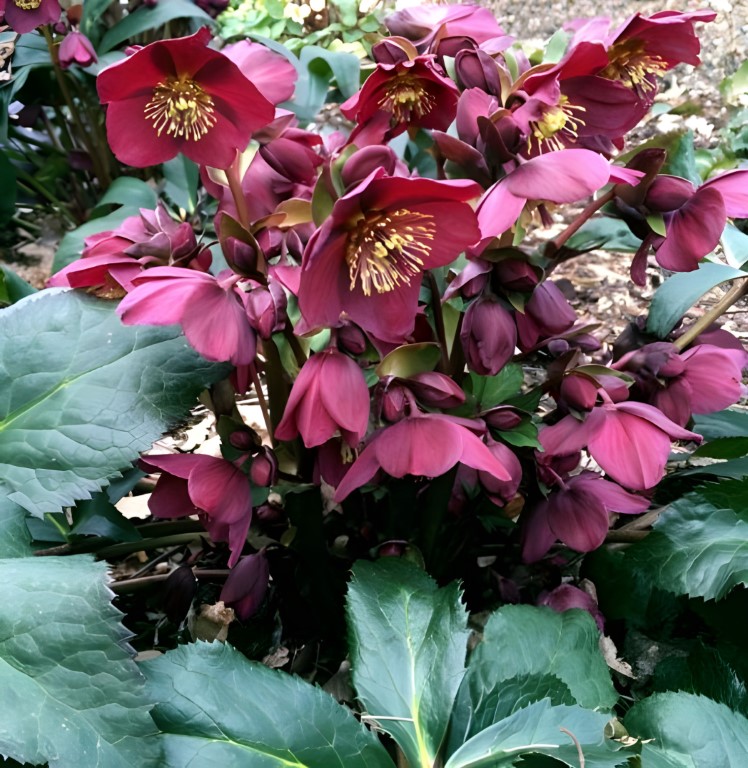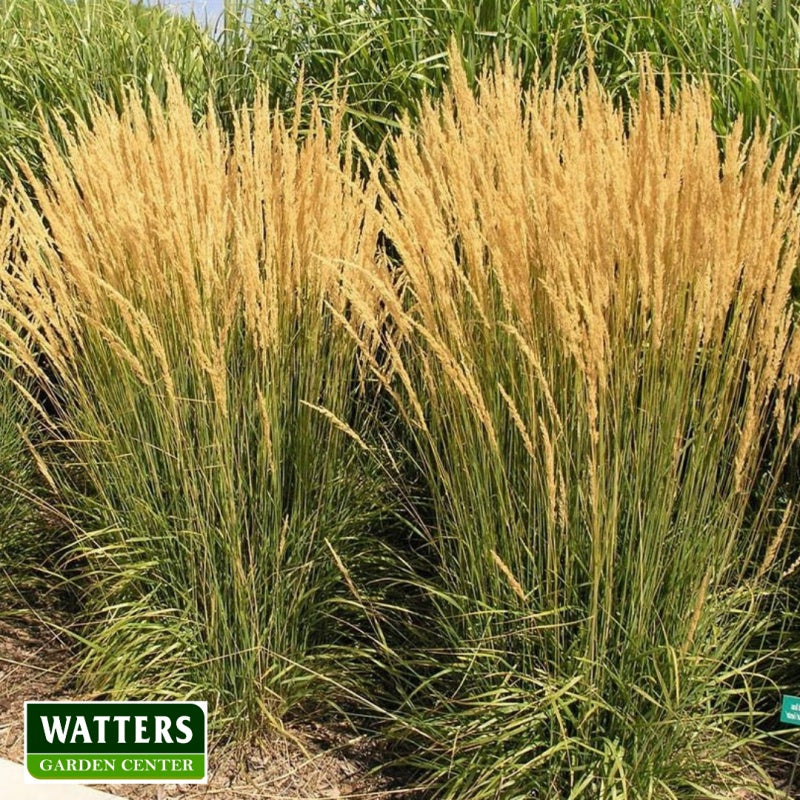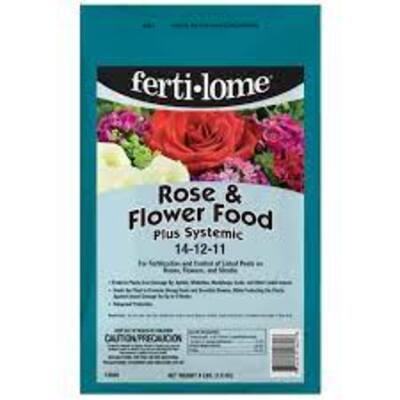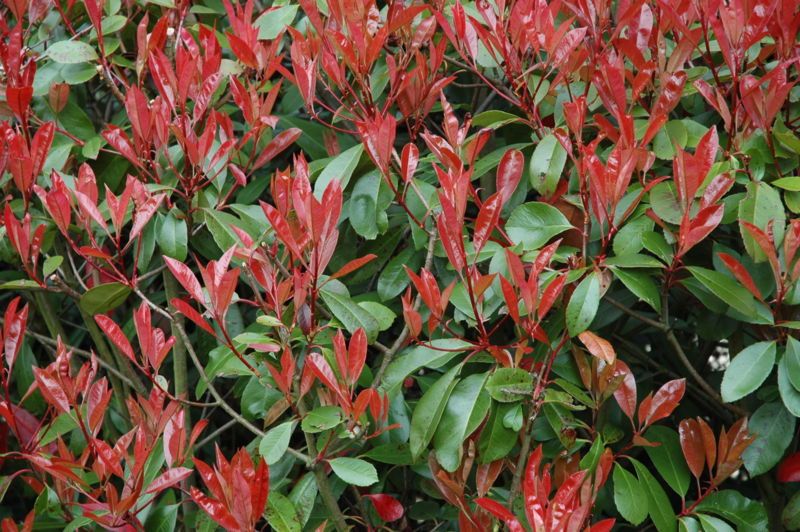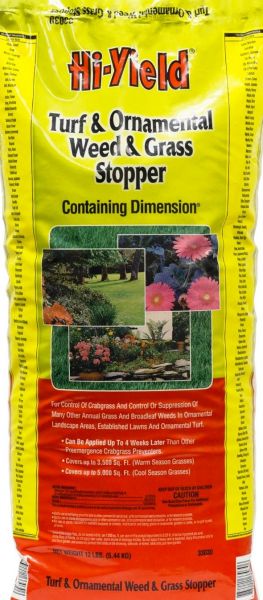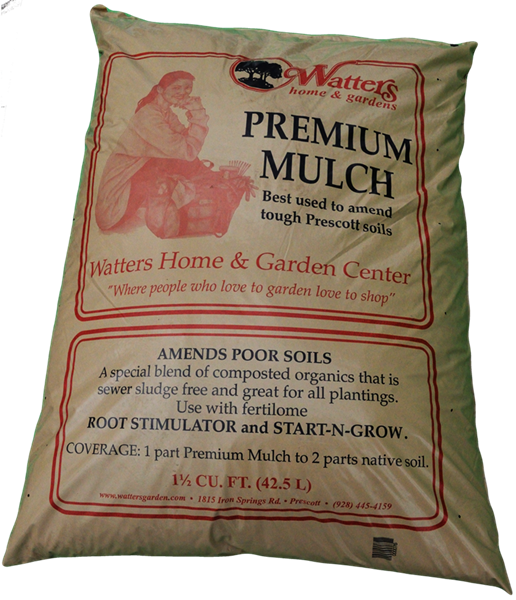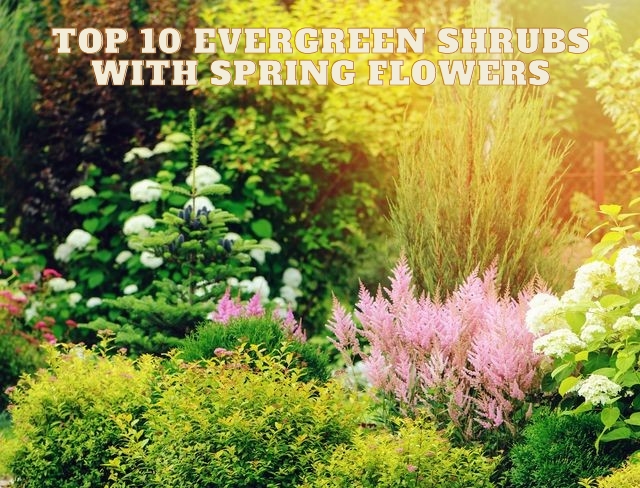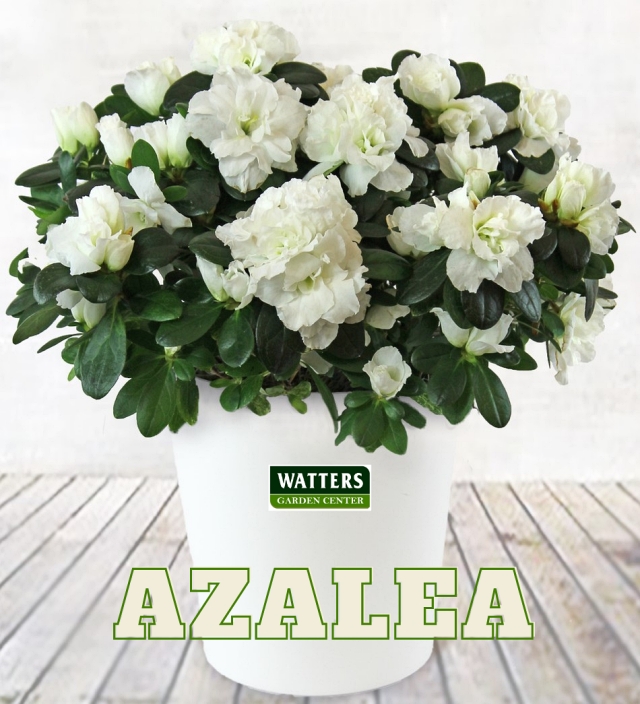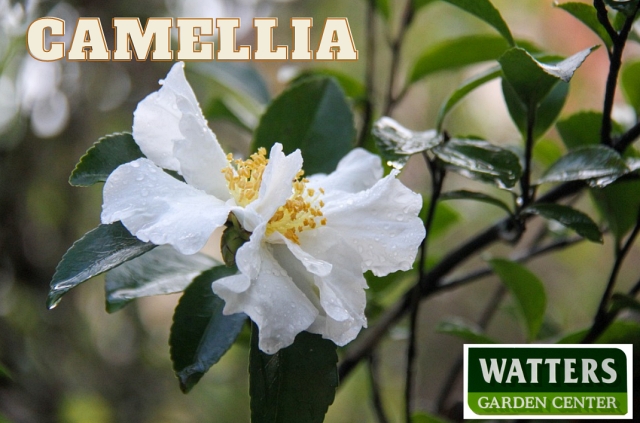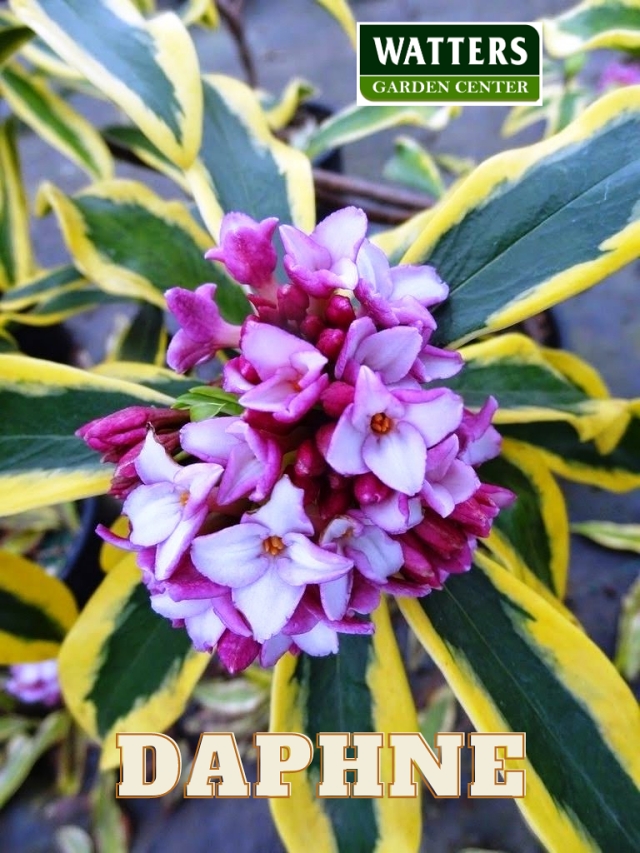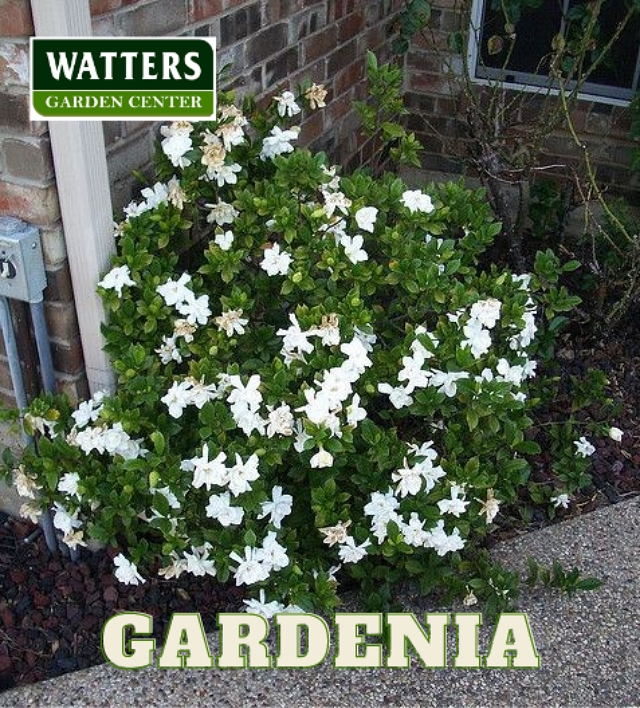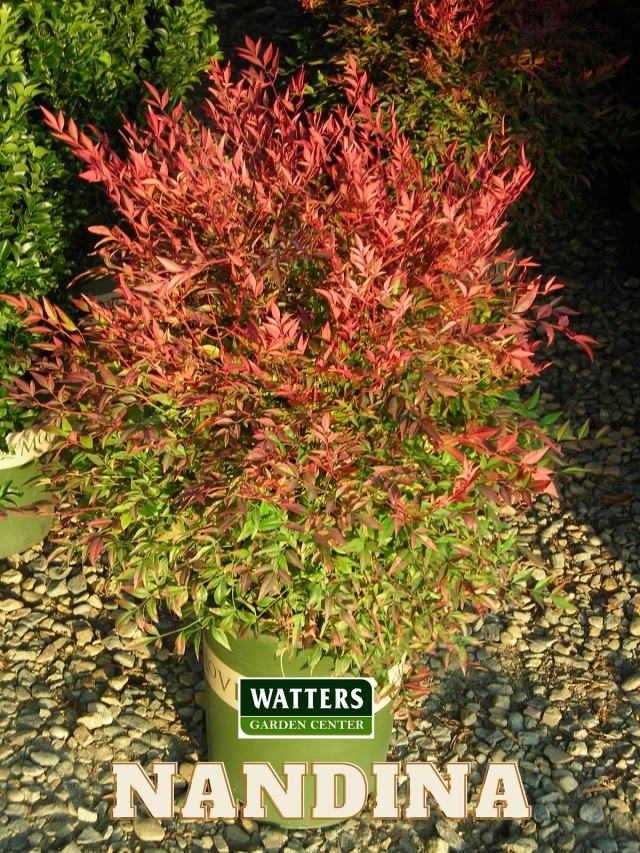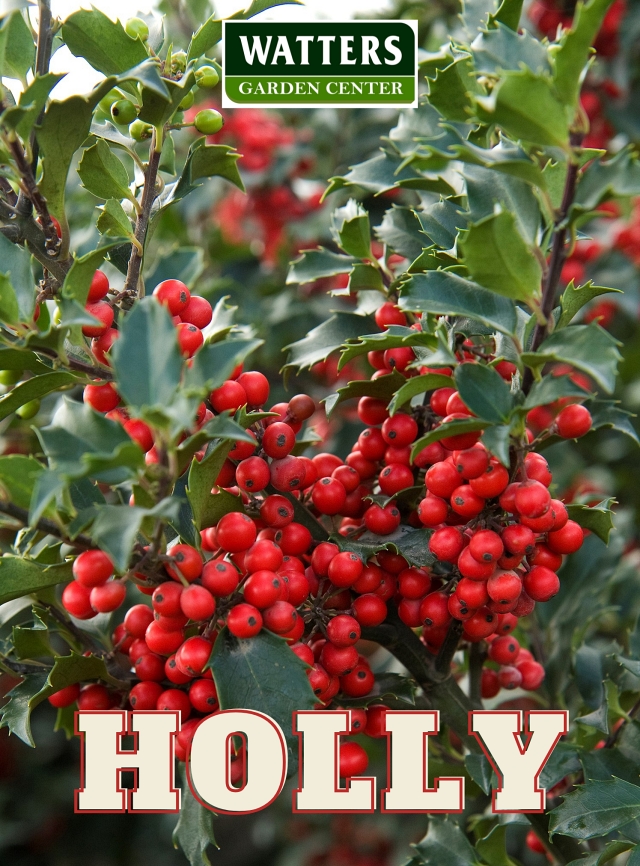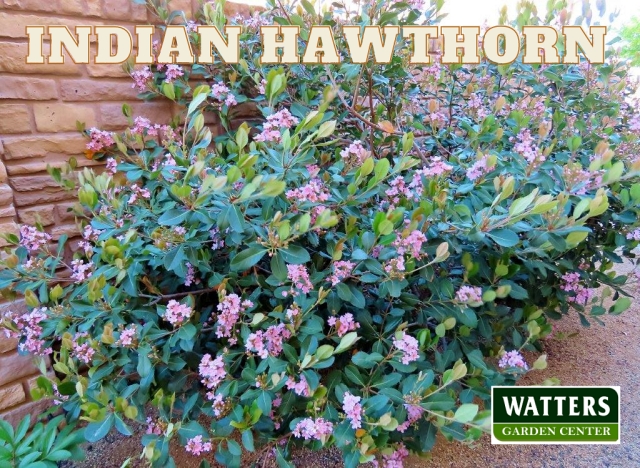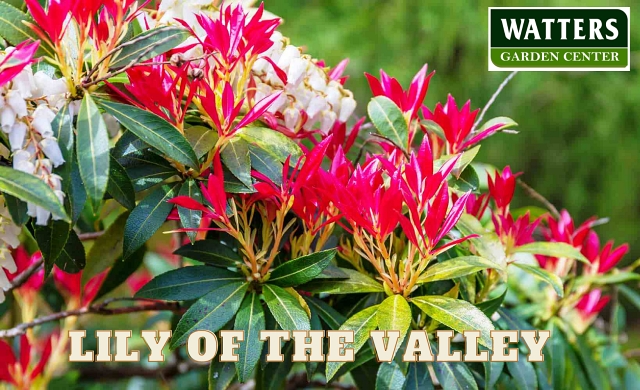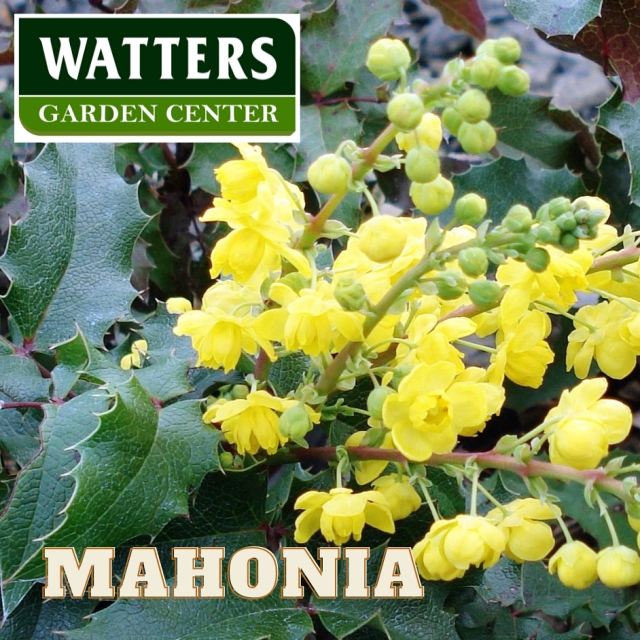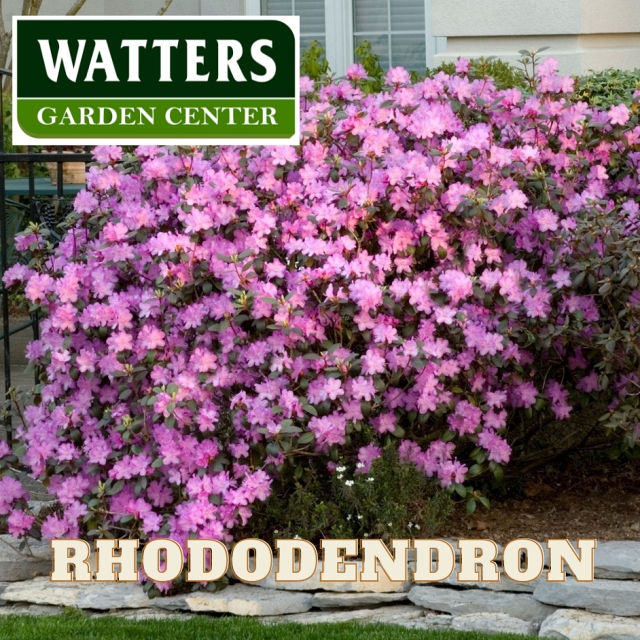by Ken Lain, the mountain gardener

Readers Digest Condensed Version of this Article
- Roses Hate being in the same garden with large trees and shrubs that shade, vegetables that attract insects and disease, grasses and their roots, peonies and dahlia, Fennel, and being near Black Walnut Trees.
- Top 5 Companion Plants that help roses. Allium, Lavender, Geranium, Catmint, and herbal Sage.
- Free Garden Class April 20 – New Flower Introductions for 2024
The mountains of Arizona make rose gardening some of the easiest in the country. Roses thrive in bright sun; the more the merrier, surrounded by dry air and a whisp of wind, roses thrive locally. Imagine 1000 roses in bloom at the same time. The roses arrive at Watters Garden Center this week, the best time to plant in the gardens.
Everyone enjoys a full, robust garden throughout the year, but every plant and flower has its blooming period. One of the many benefits of companion gardening is that planting certain varieties with roses makes the garden look full, lush, and vibrant, no matter the season. Plus, they aid in the well-being and health of your beloved rose plants.
Before You Plant
- Consider sunlight and water needs. Choose companions that have similar requirements to roses, which typically thrive in at least six hours of sun with well-drained garden soil.
- Don’t crowd your roses. Avoid plants that are overly competitive for water and nutrients.
- Promote good airflow. This helps prevent fungal diseases in roses.
Top 5 Companion Plants for Roses
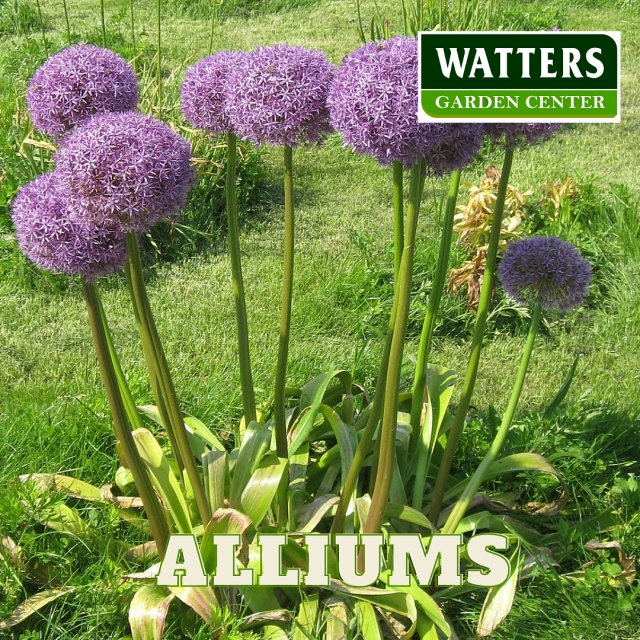
Alliums Boast bright purple, globe-shaped flowers that complement early-blooming roses. Alliums deter pests like aphids and more, and their sculptural seedheads add interest after blooming.
Lavender has an herbal fragrance that repels aphids and masks the scent of roses, making them less attractive to pests. Lavender also improves drainage and aeration in the soil, benefiting both roses and other herbs in the garden. Plant lavender 18-36″ inches from roses for airflow.
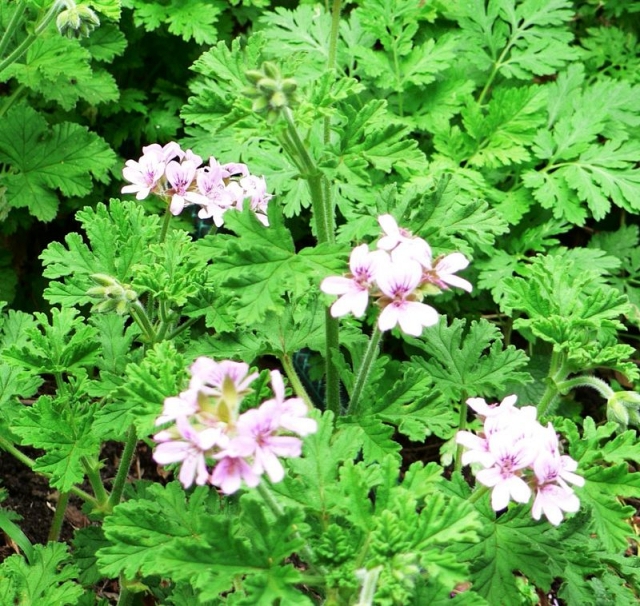
Geraniums, especially those with rose-scented leaves, pair beautifully with roses. Their nectar attracts pollinators like bees and hoverflies, which benefit roses. Plant geraniums 8-12″ inches from roses and deadhead regularly for continuous blooms.
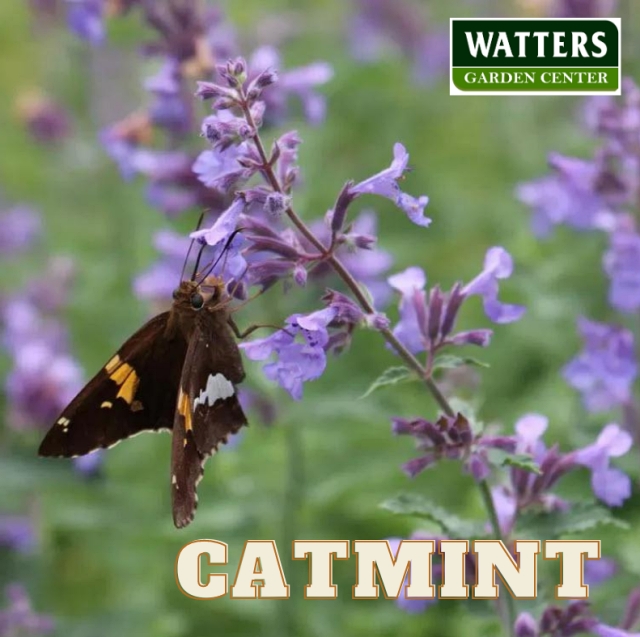
Catmint creates a gorgeous ground cover and attracts beneficial insects like ladybugs and lacewings that prey on aphids. Catmint thrives in more sun than shade and requires minimal care. Plant 12-24″ inches from roses.
Sage is a heat-loving herb with a strong scent that deters pests like aphids, whiteflies, and Japanese beetles. Plant sage 12-18″ inches from roses to allow good airflow and prevent disease.
Roses Hate these Plants and should be Avoided
- Large trees and shrubs cast shade and compete for water and nutrients.
- Vegetables attract pests and diseases that harm roses.
- Grasses have extensive root systems that compete with roses for water and nutrients.
- Peonies and dahlias are heavy feeders that outcompete roses for resources.
- Fennel attracts butterflies, which is good, but they also attract aphids, which is bad for roses.
- Black walnut trees release a chemical that inhibits plant growth, including roses.
Incorporating these companion plants into your rose garden creates a beautiful, healthy display that thrives all season.
FREE GARDEN CLASS – Learn more at Watters free garden class. The spring class schedule is up, and this week, we will go deep into tips, tricks, and local flower hacks, so join the garden fun. Here’s the 2024 Garden Classes lineup and the following few classes.
April 20 @ 9:30 am – 10:30 am: New Flower Introductions for 2024
It was a long mountain winter, and we’re ready for color in the garden! We’ve hand-picked the finest flowers from our favorite farms to go and grow in your garden. Choose, combine, and create beds bursting with blossoms with exclusive, new annual and perennial flowers in various vibrant varieties.
Until next week, I’ll be helping gardeners grow healthier roses here at Watters Garden Center.


